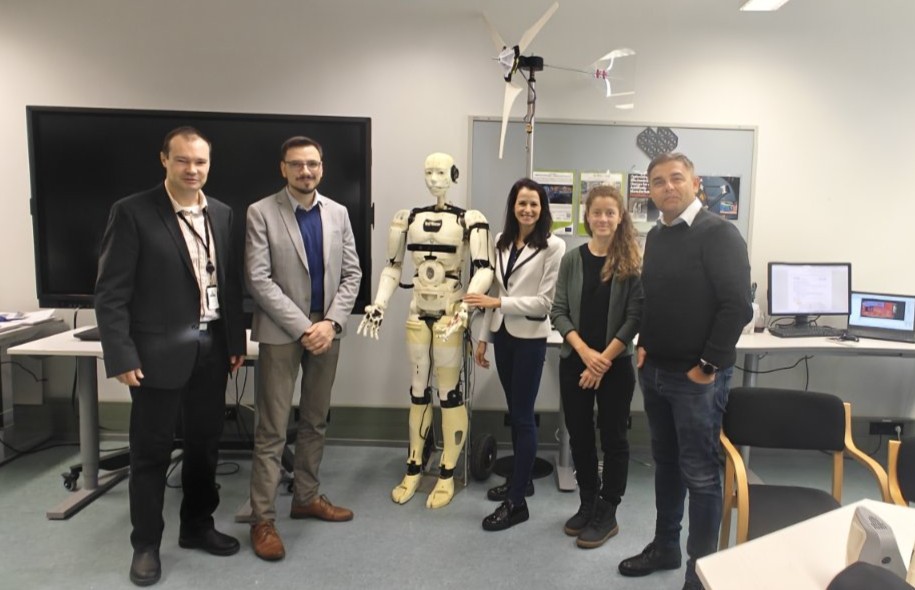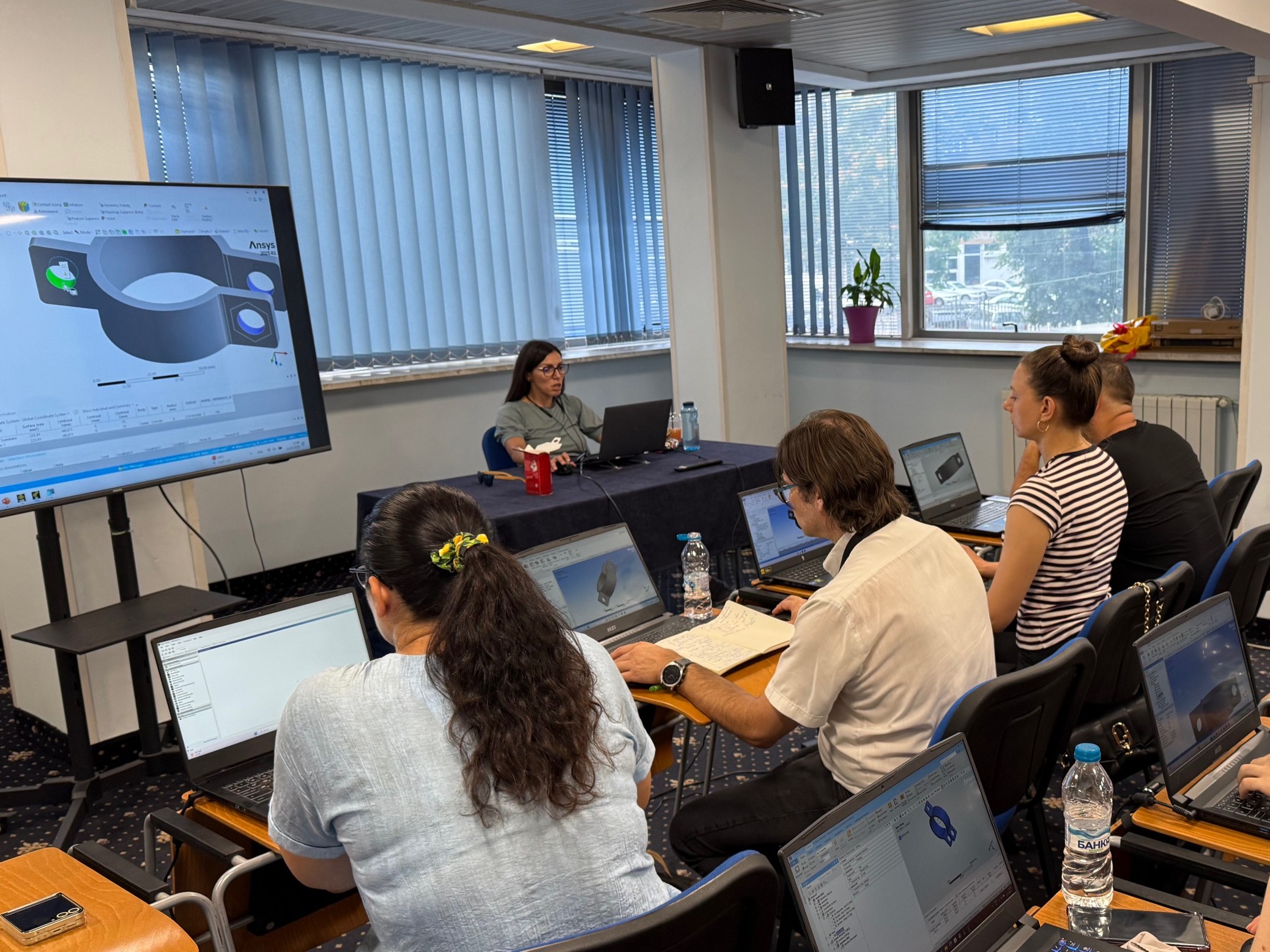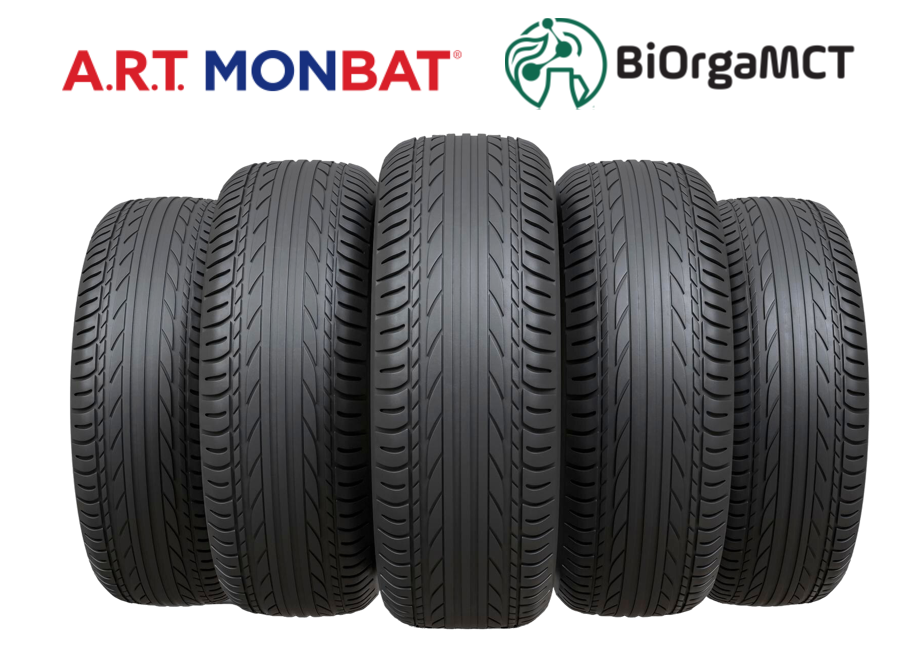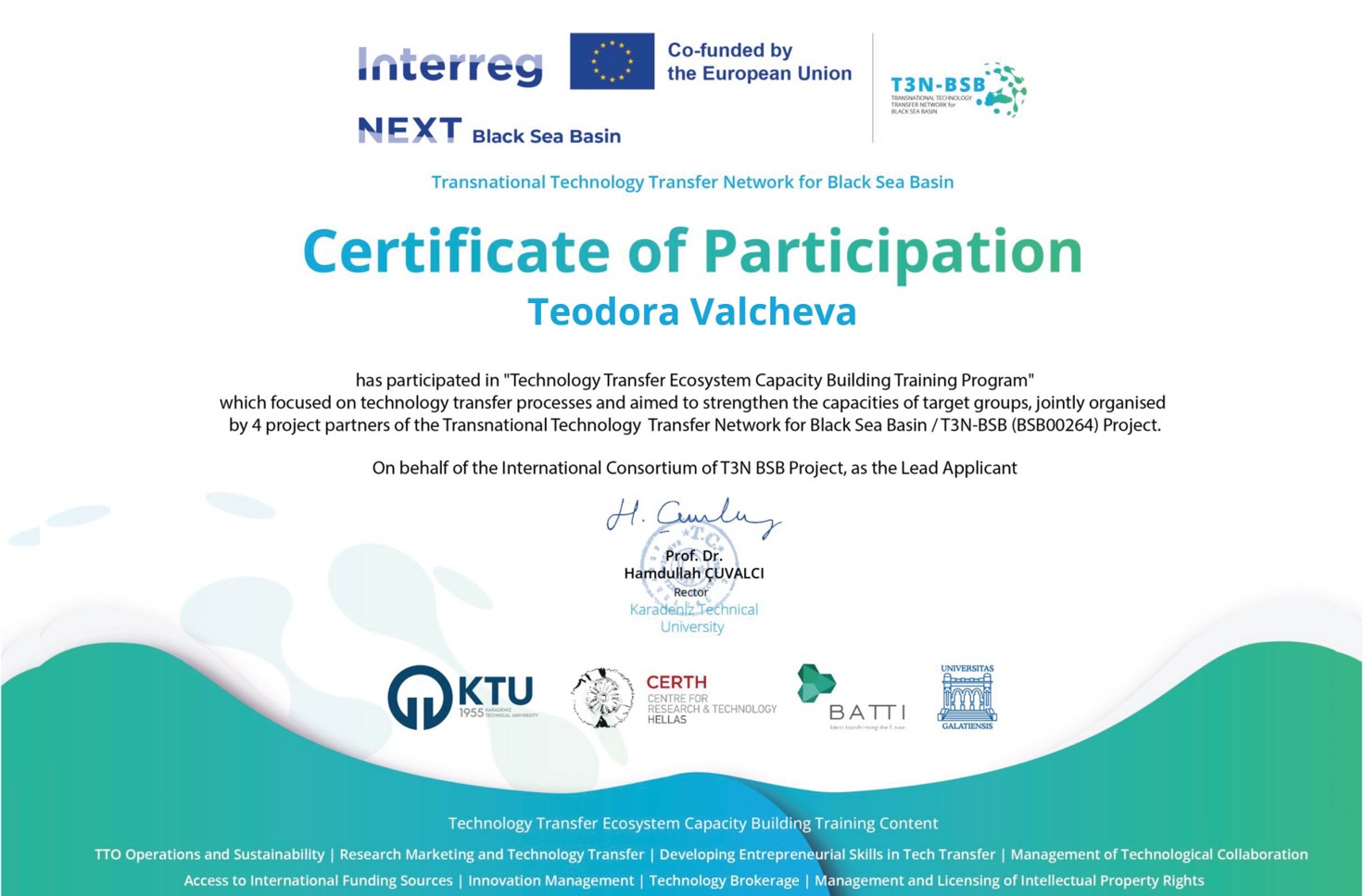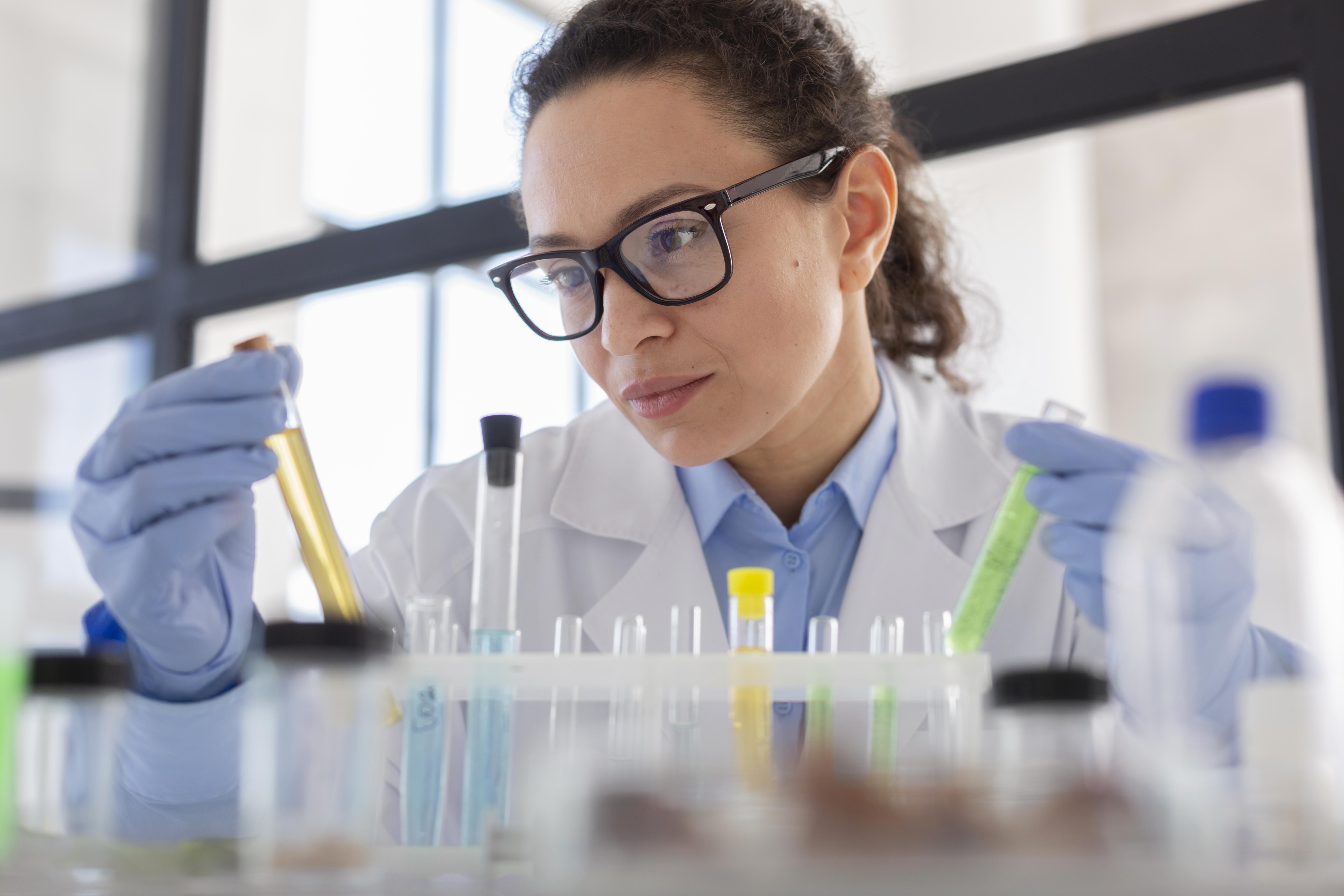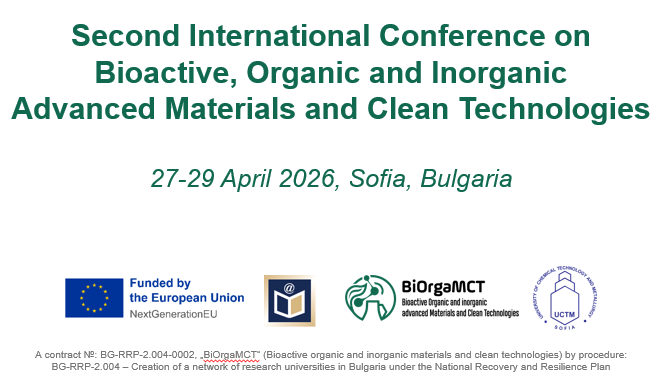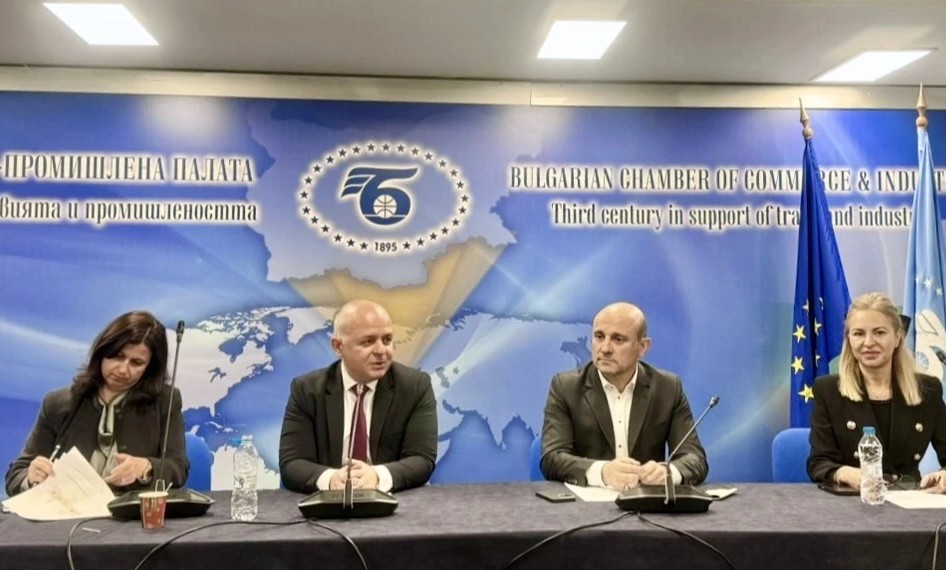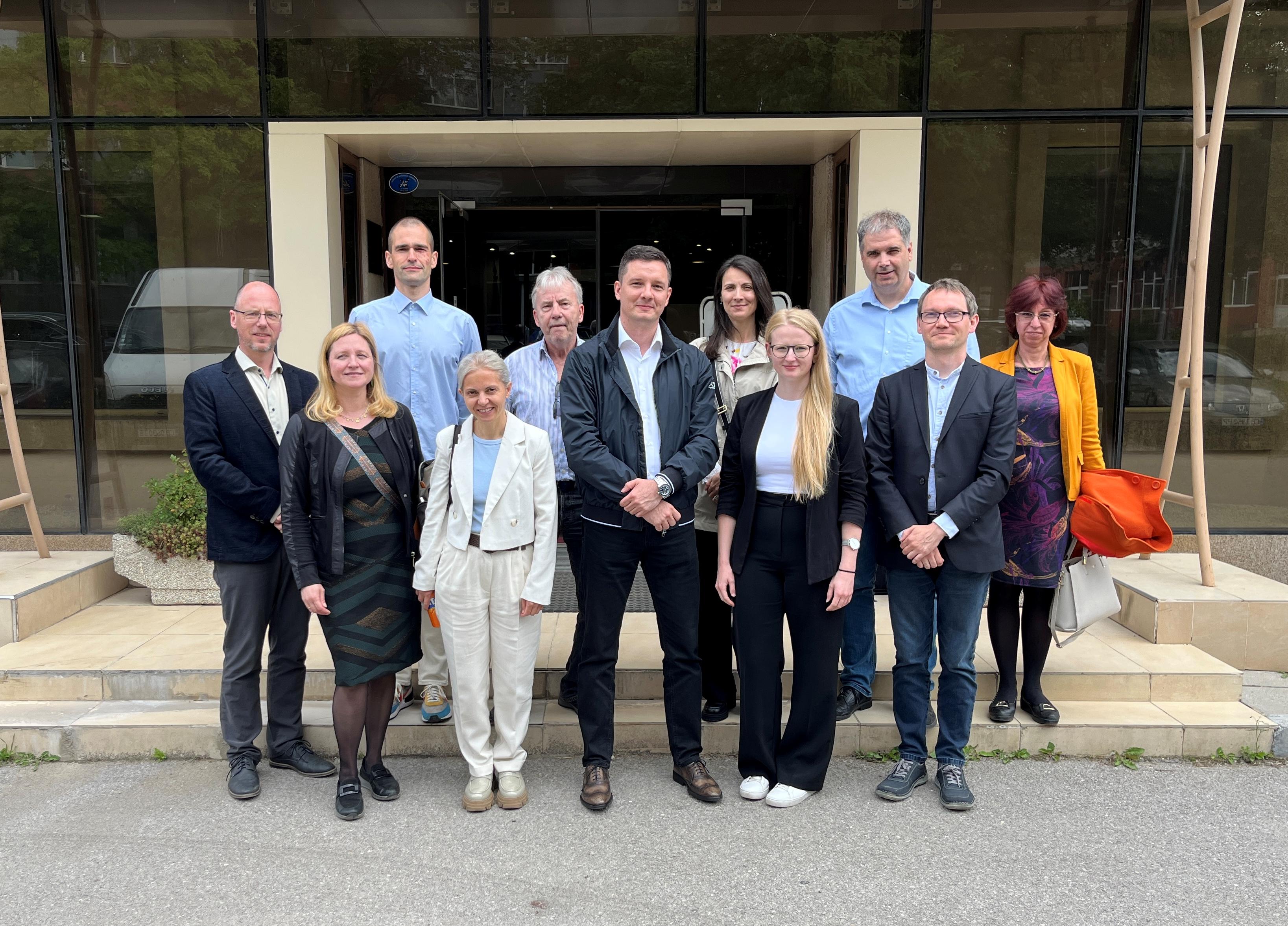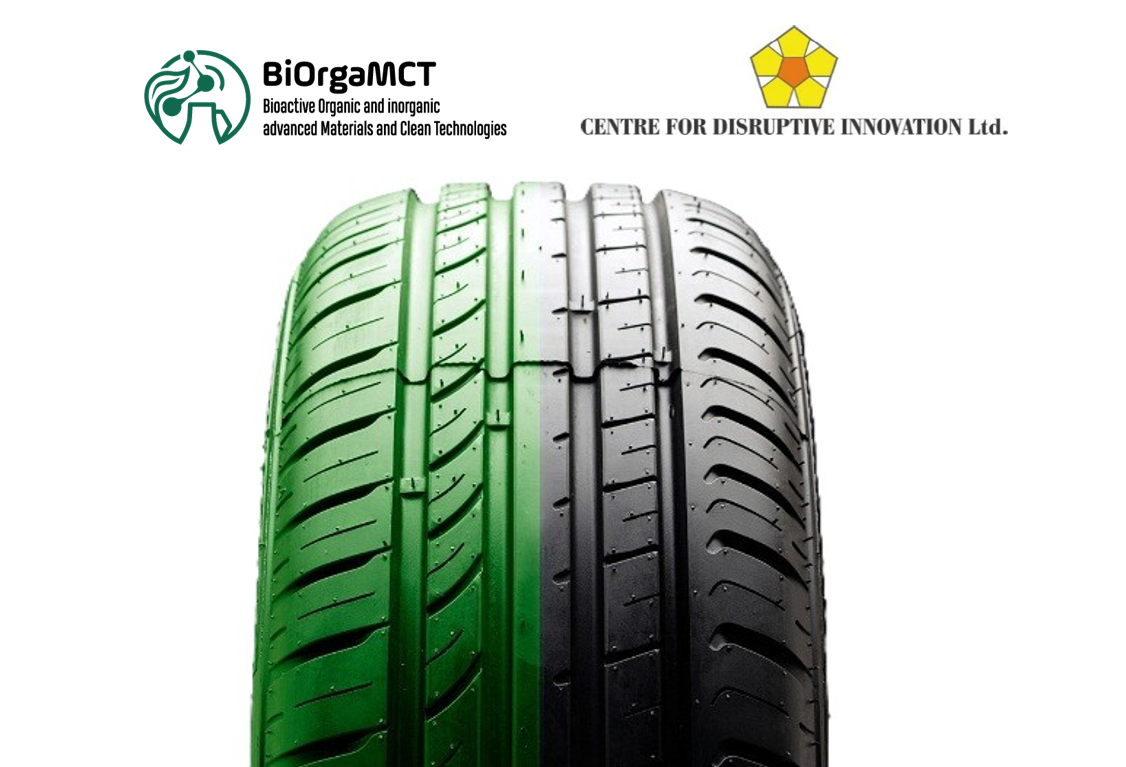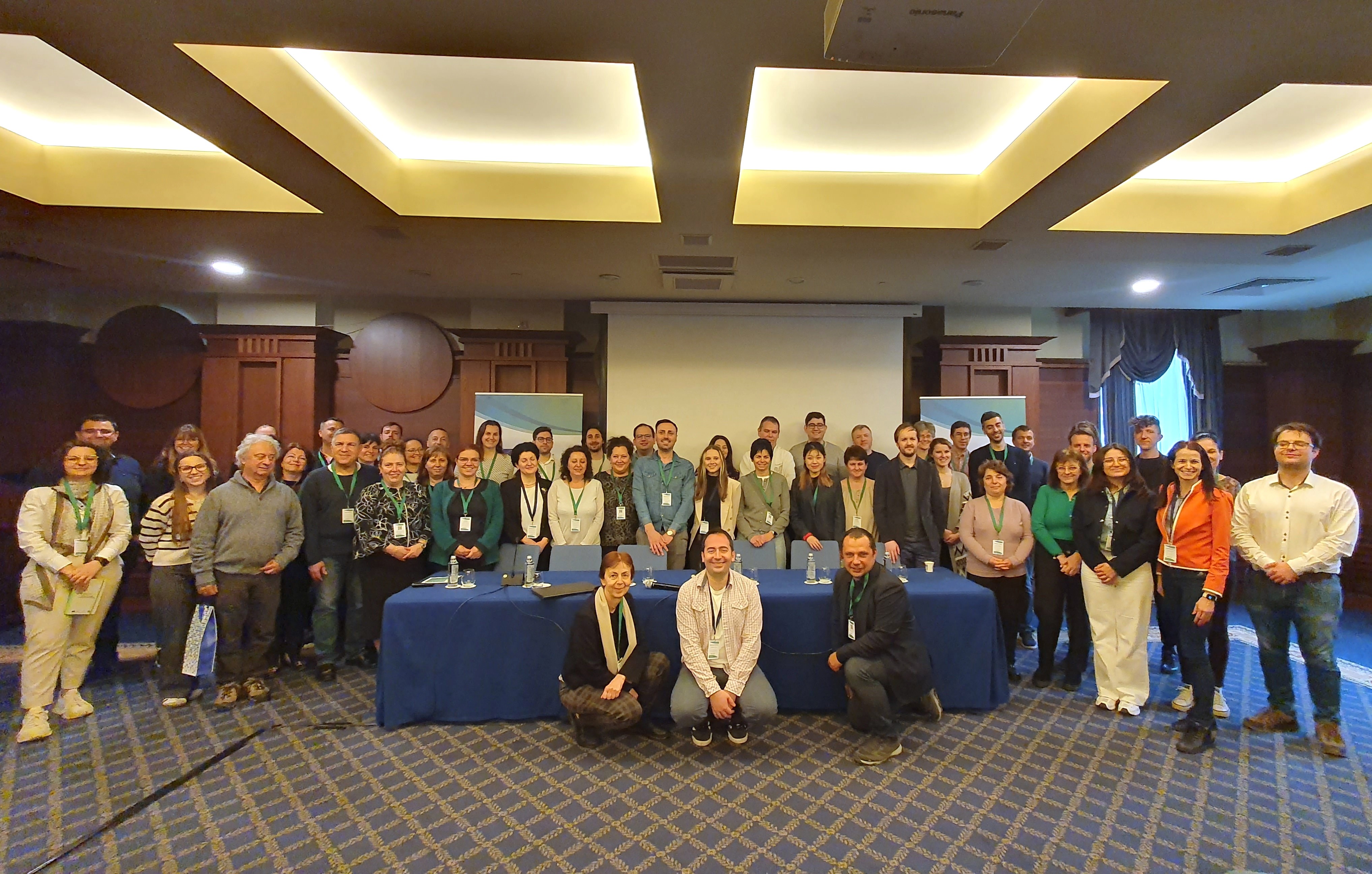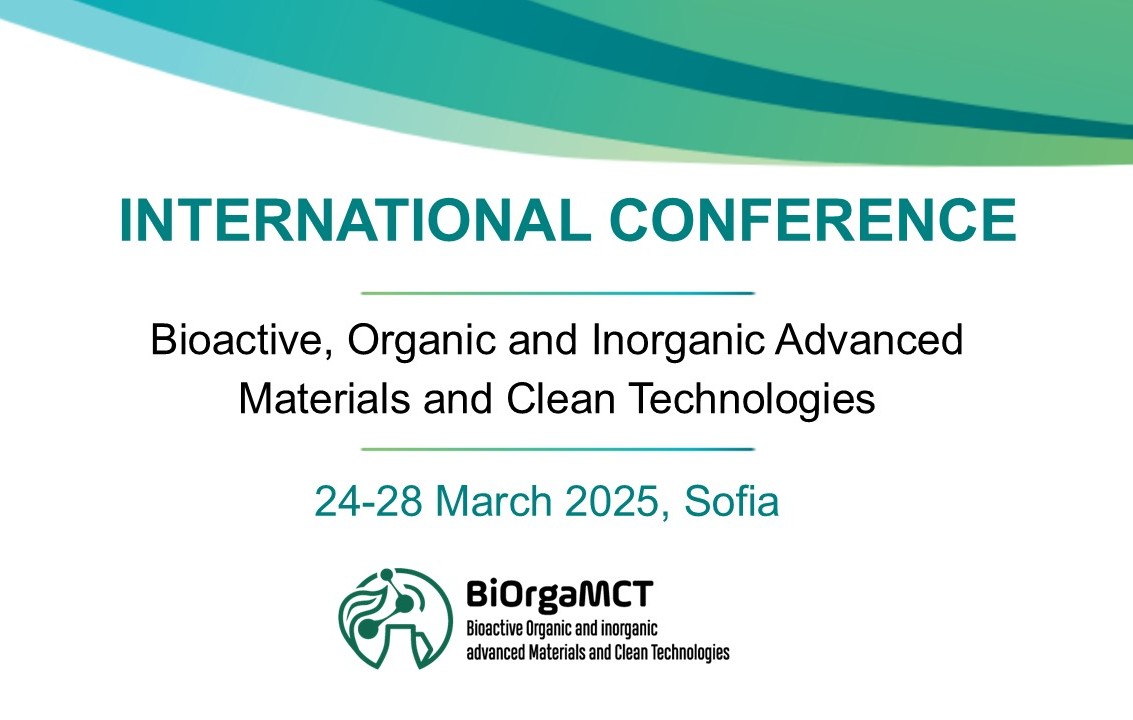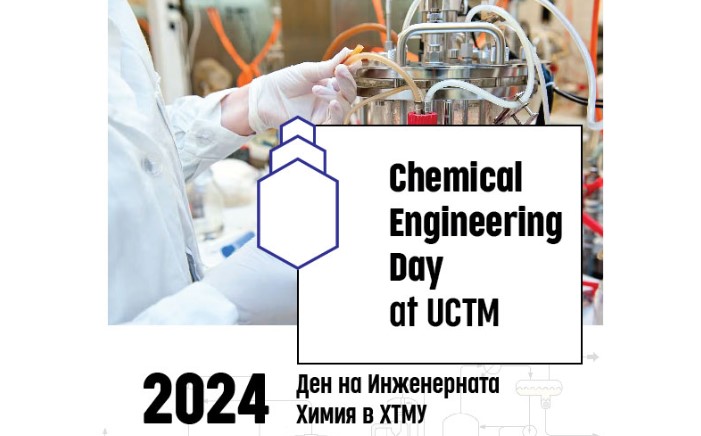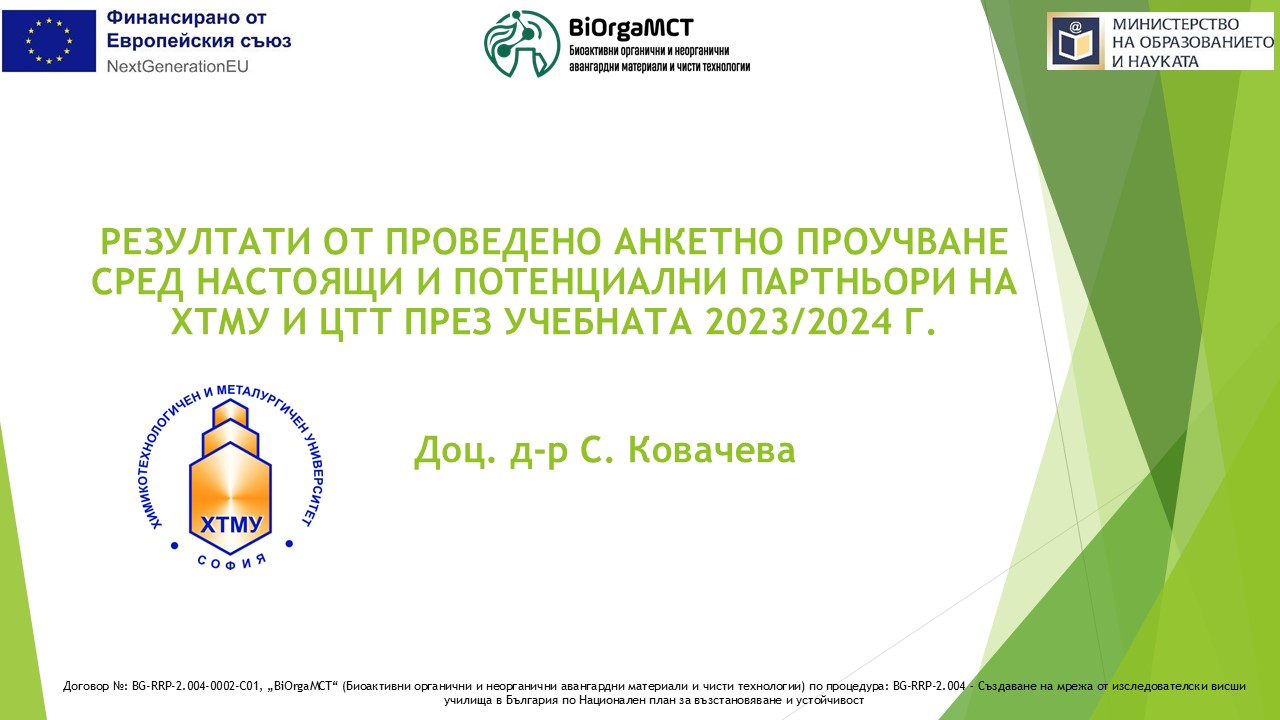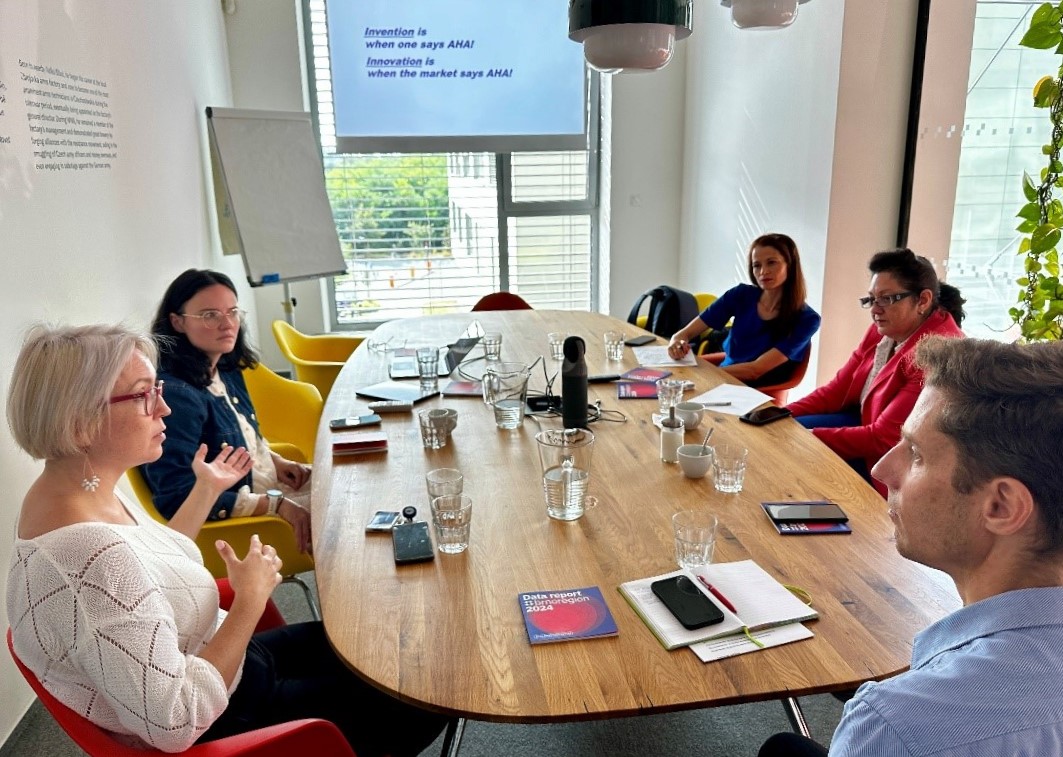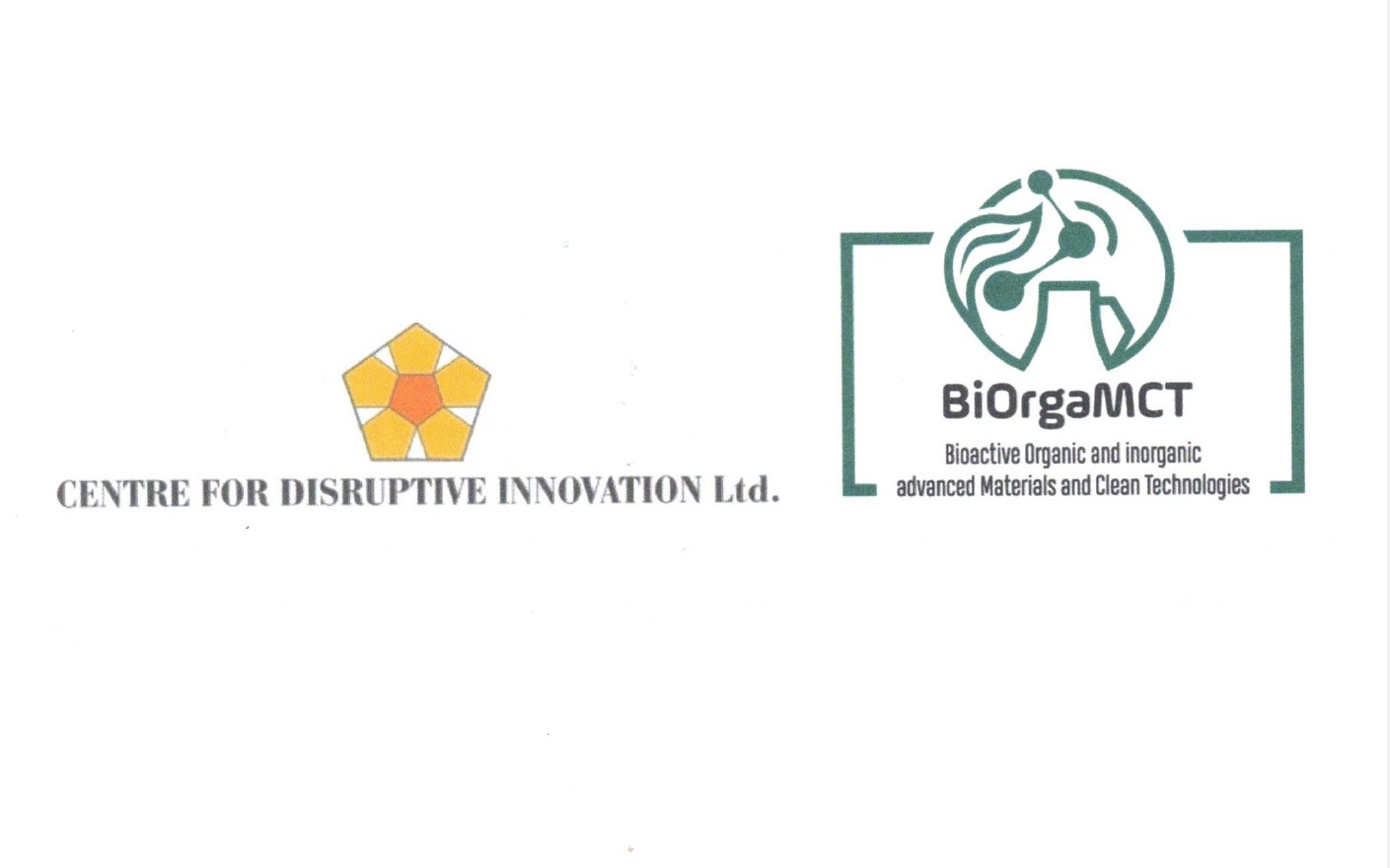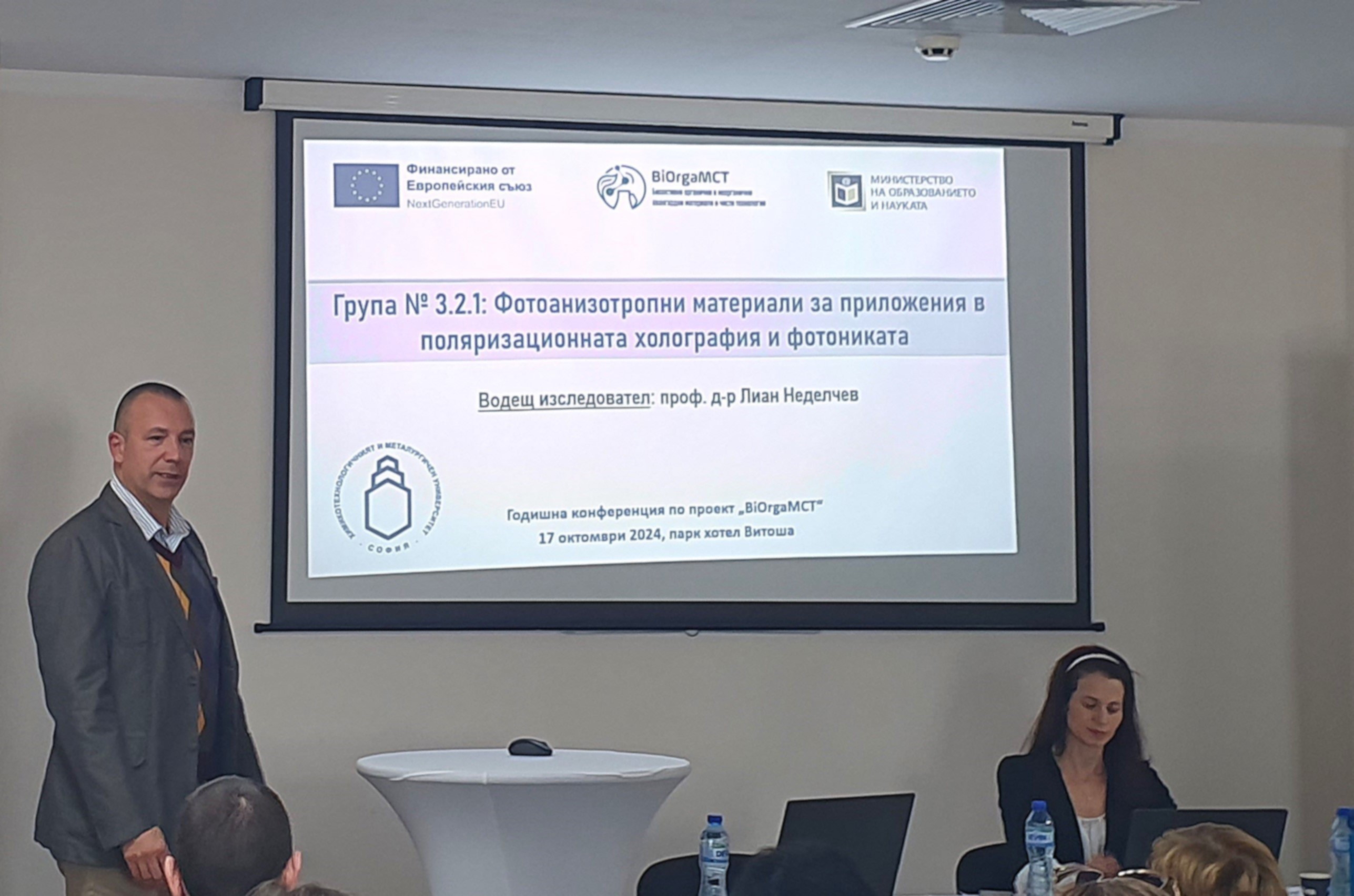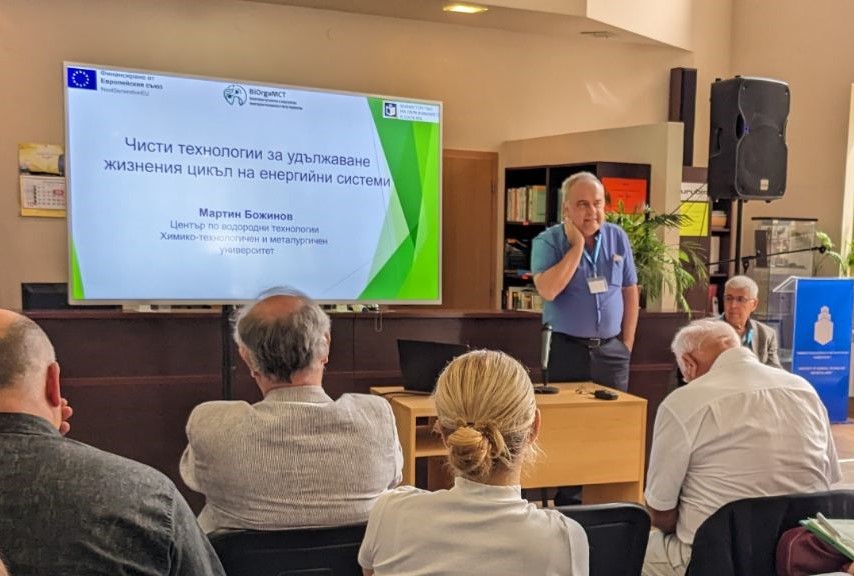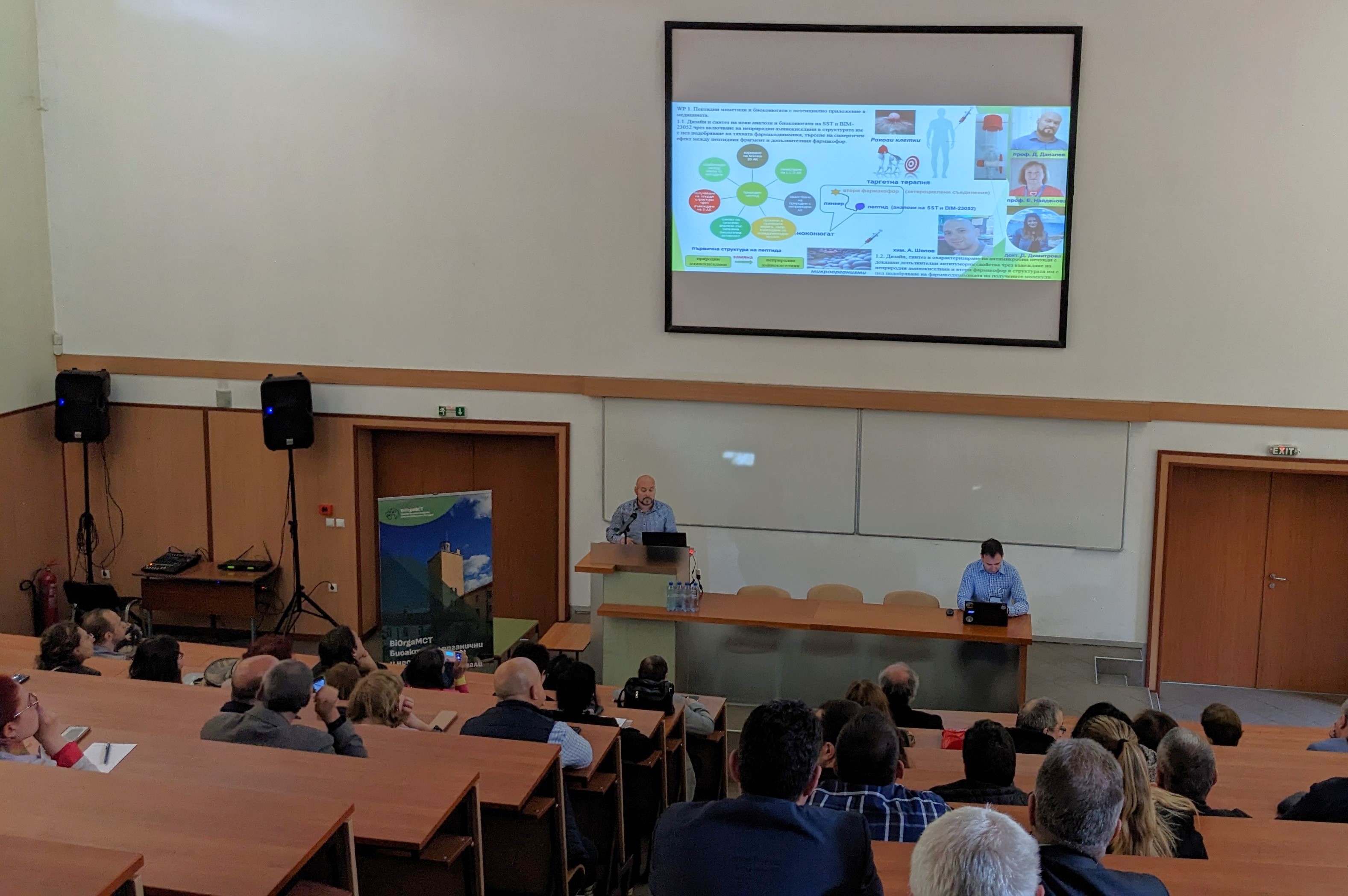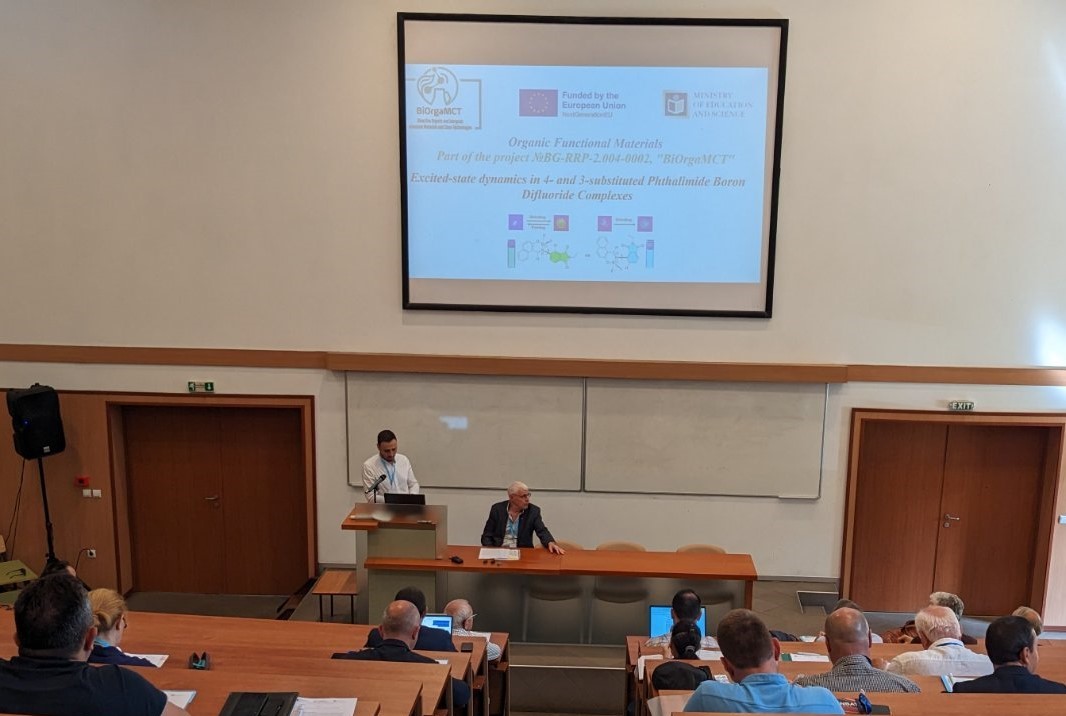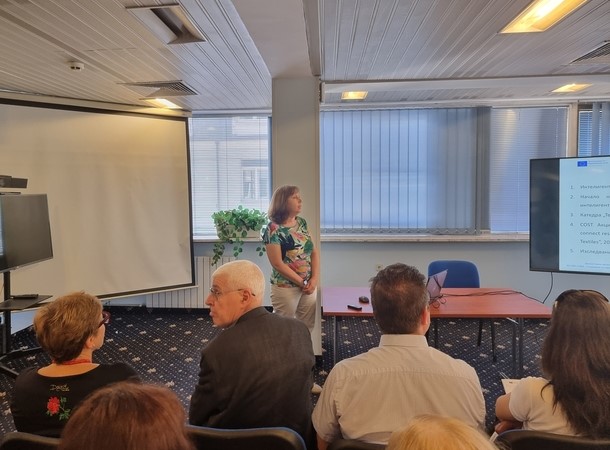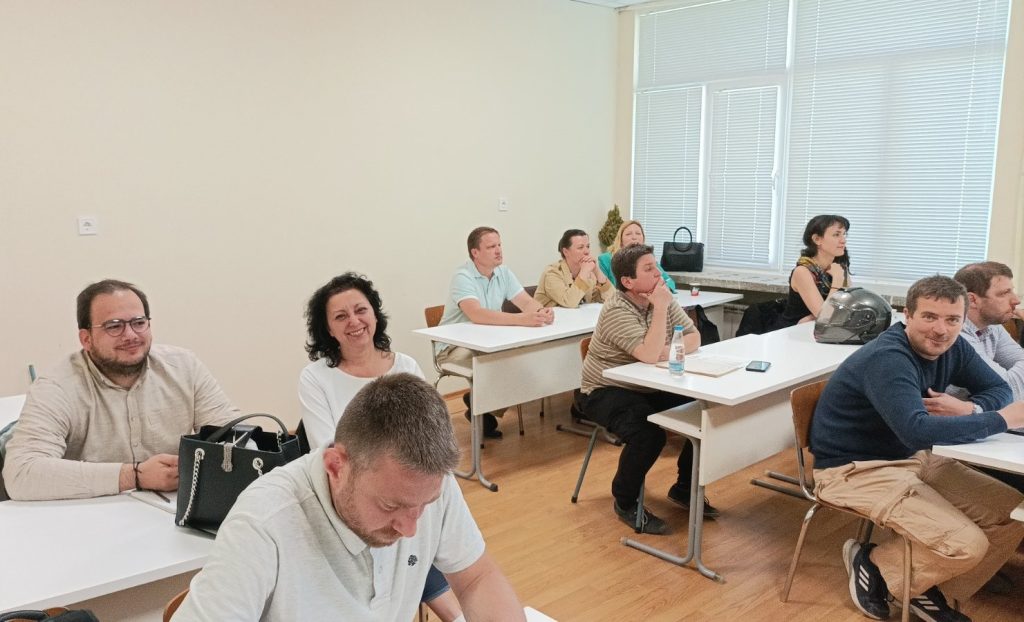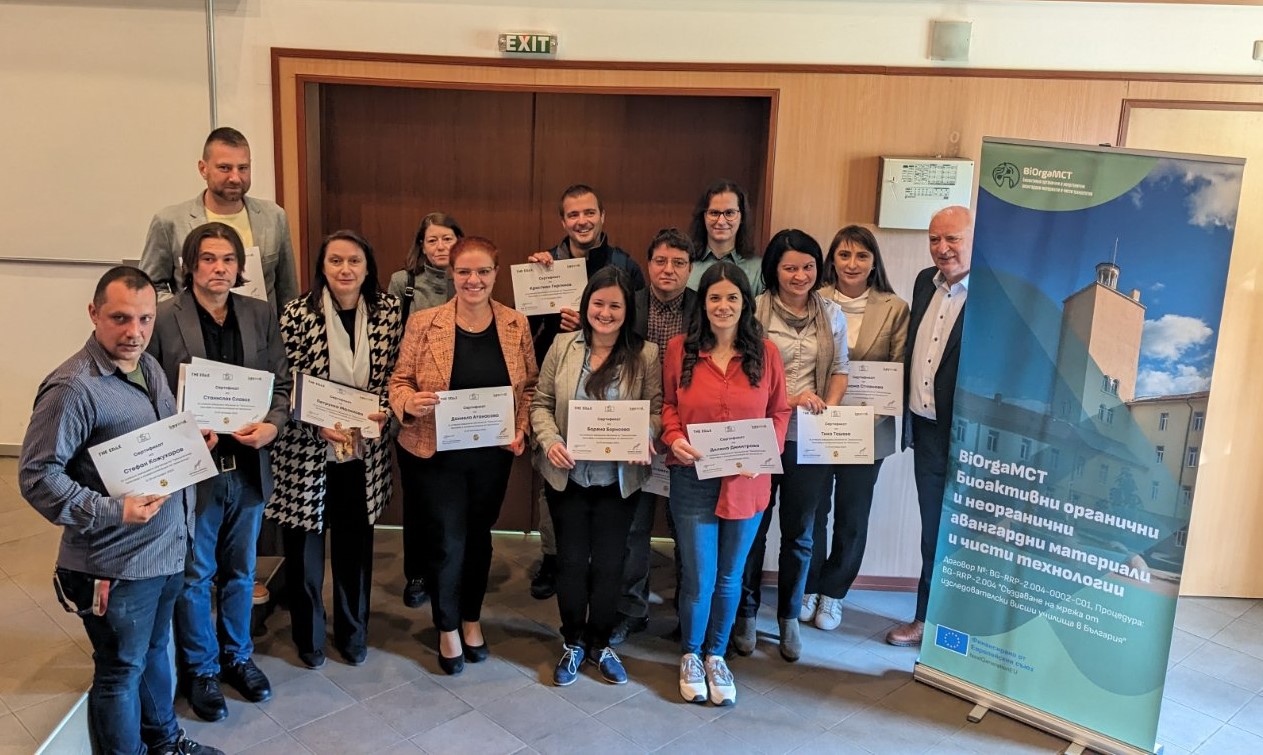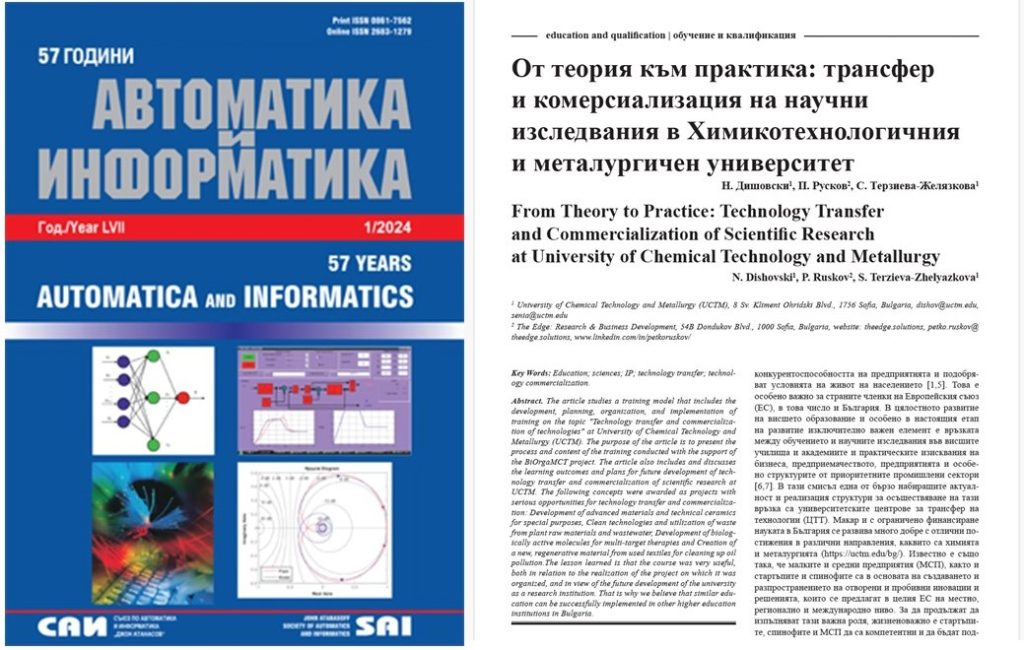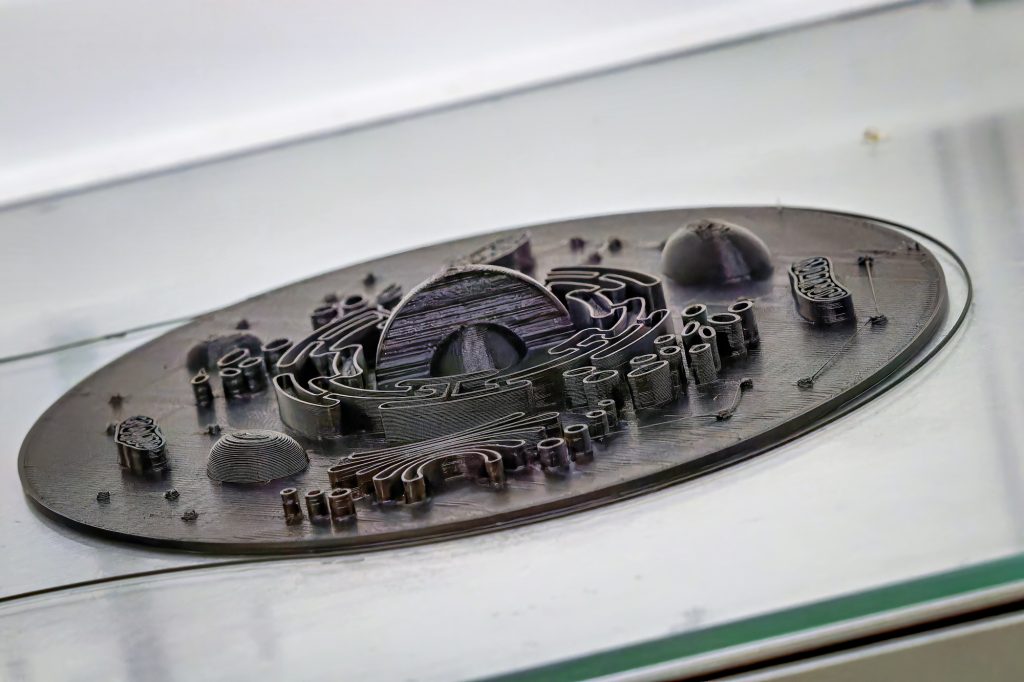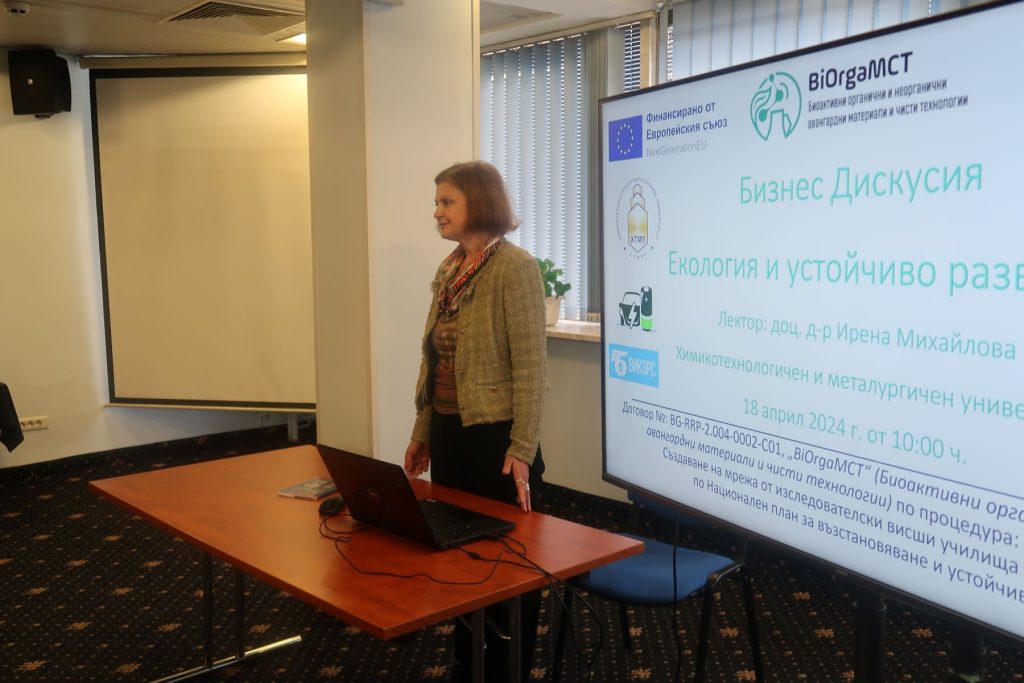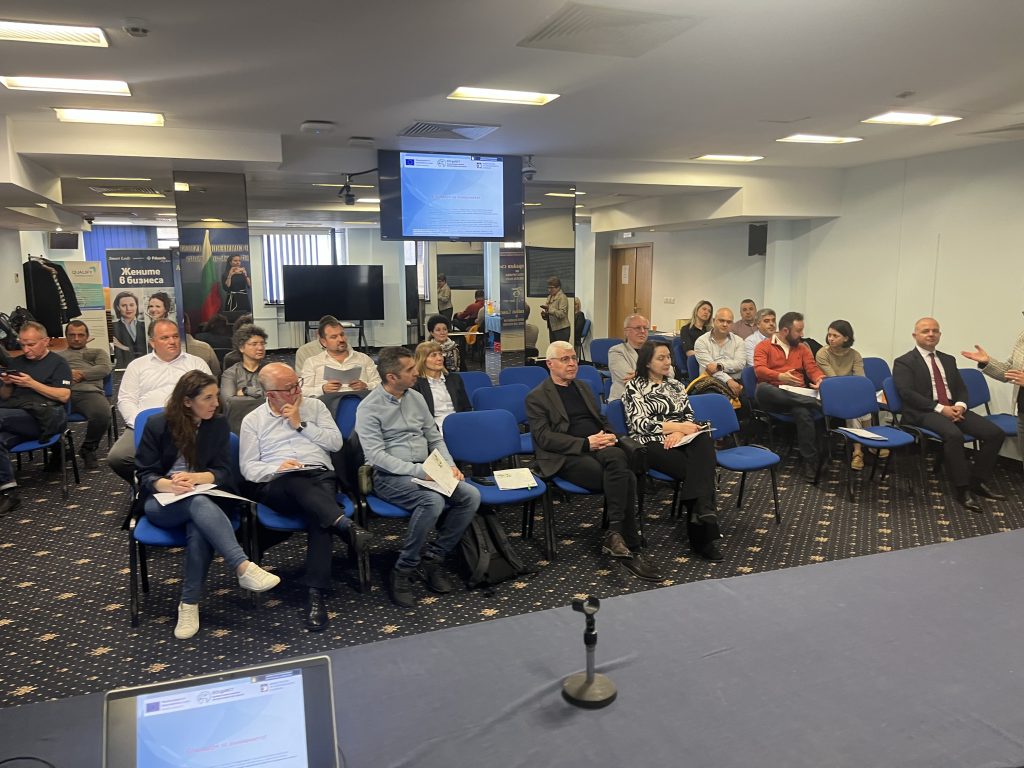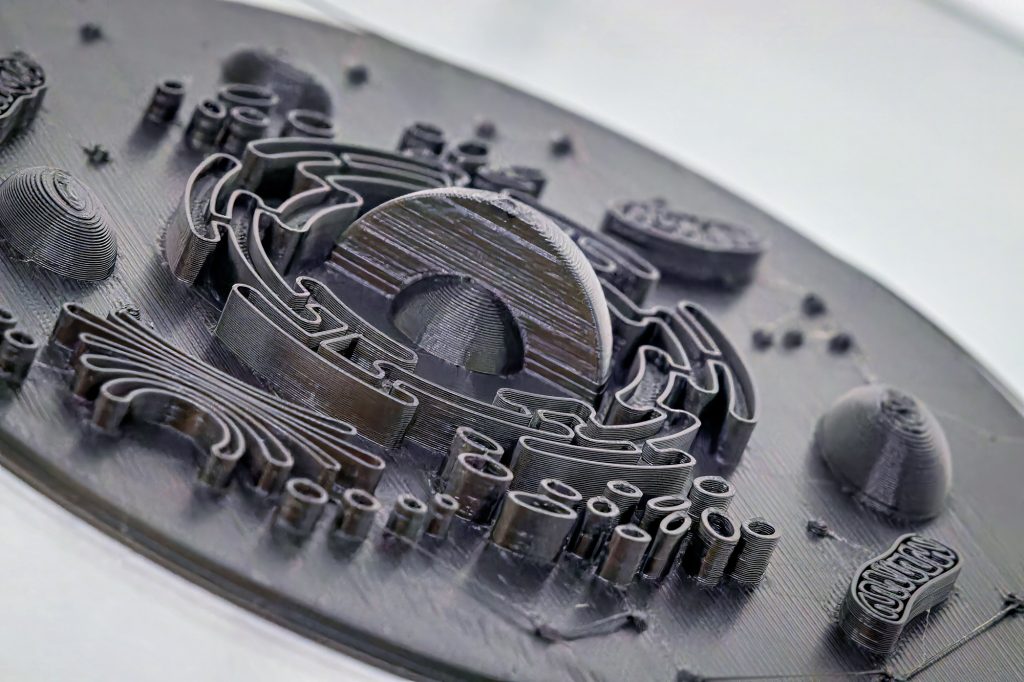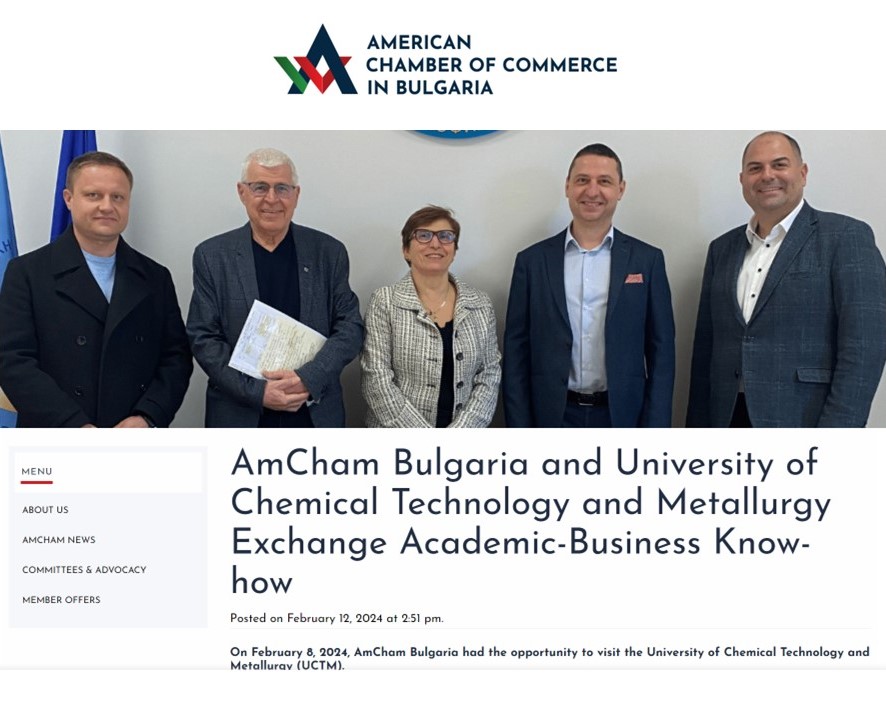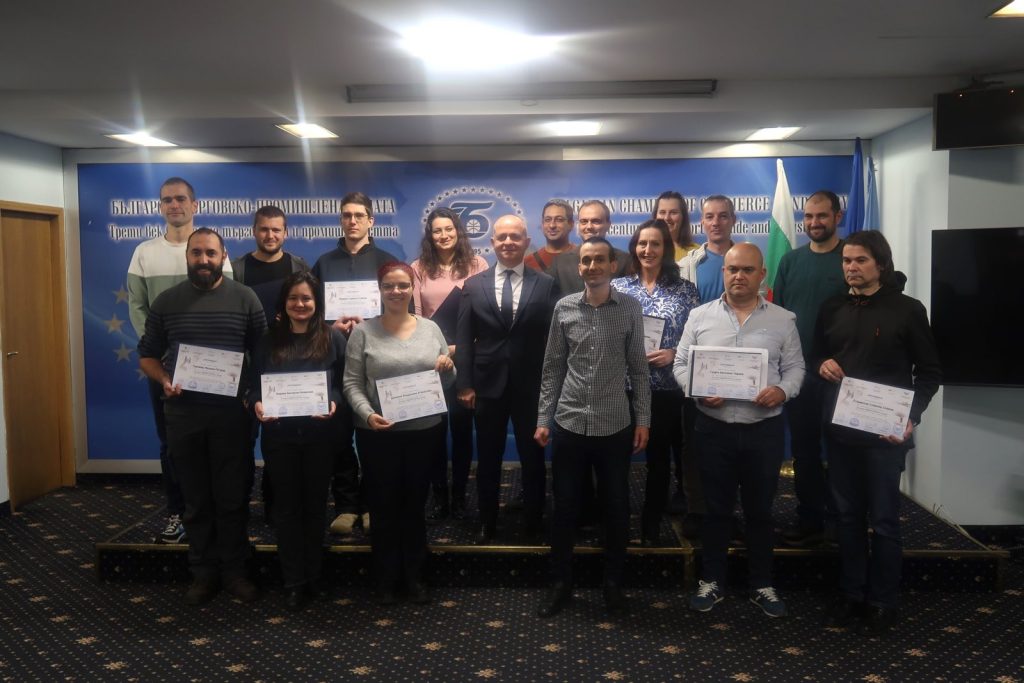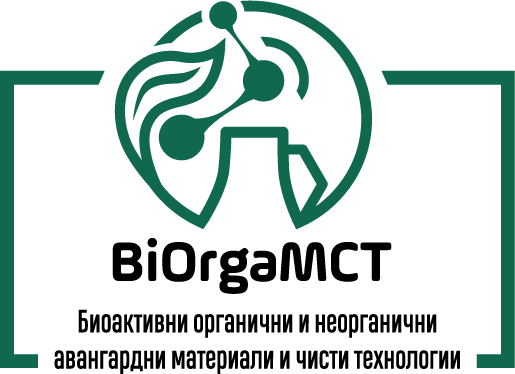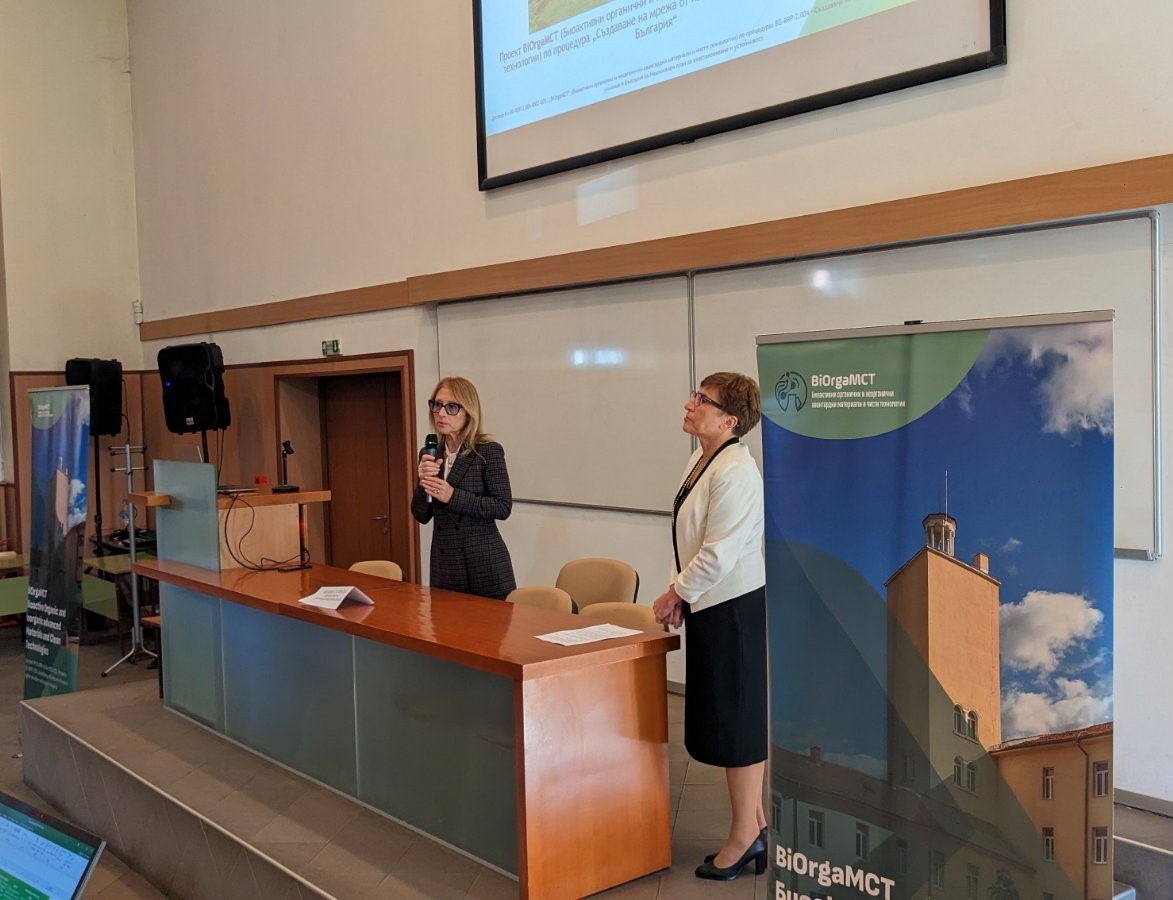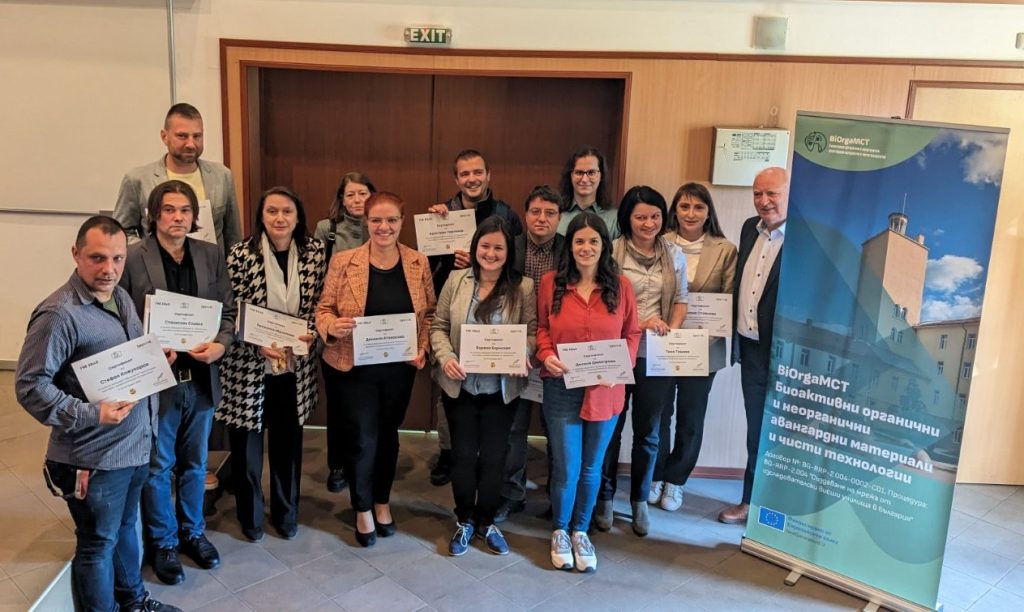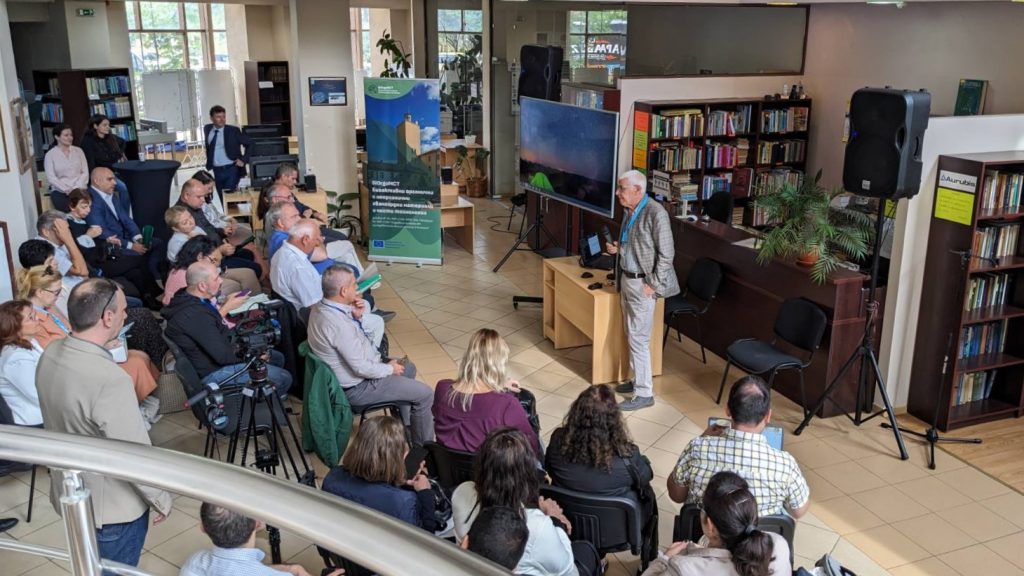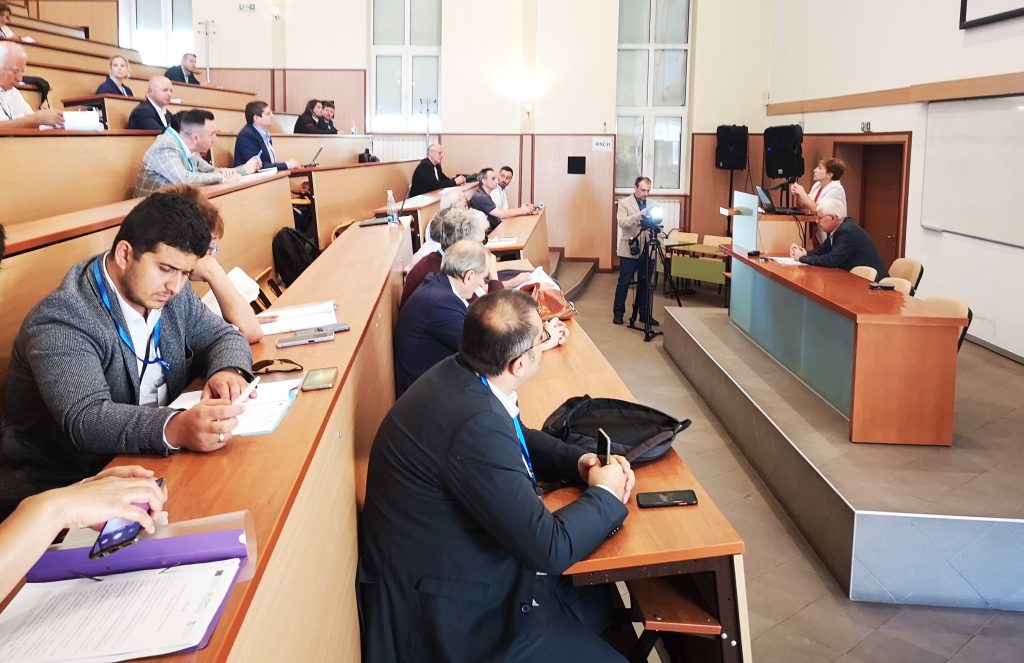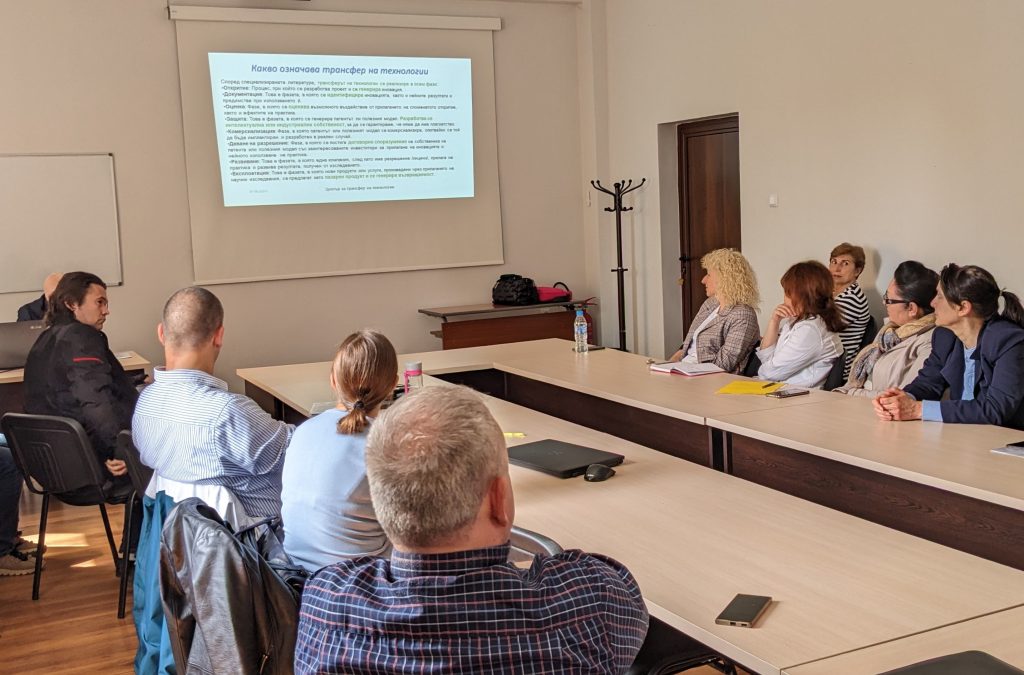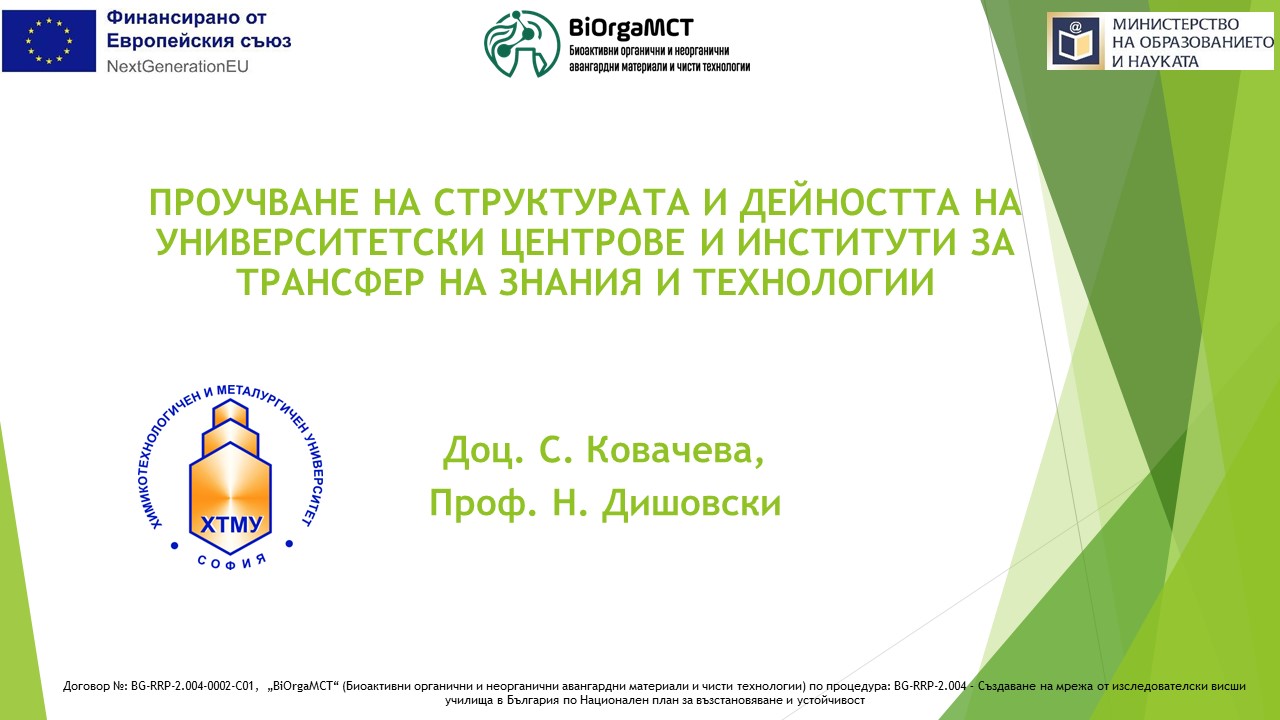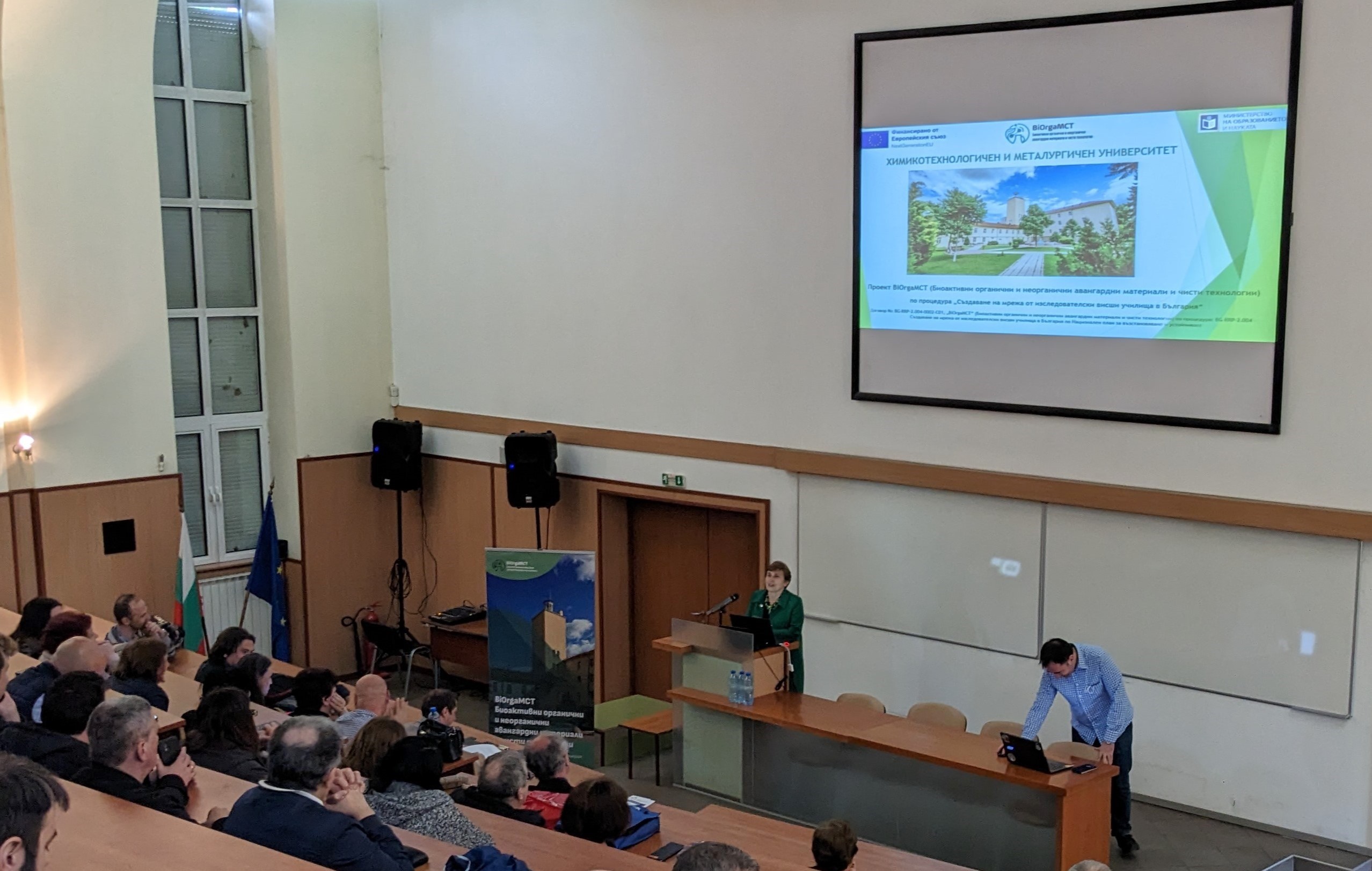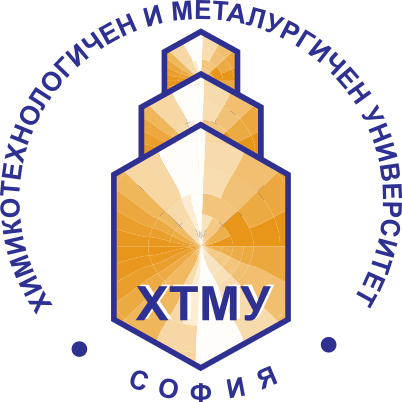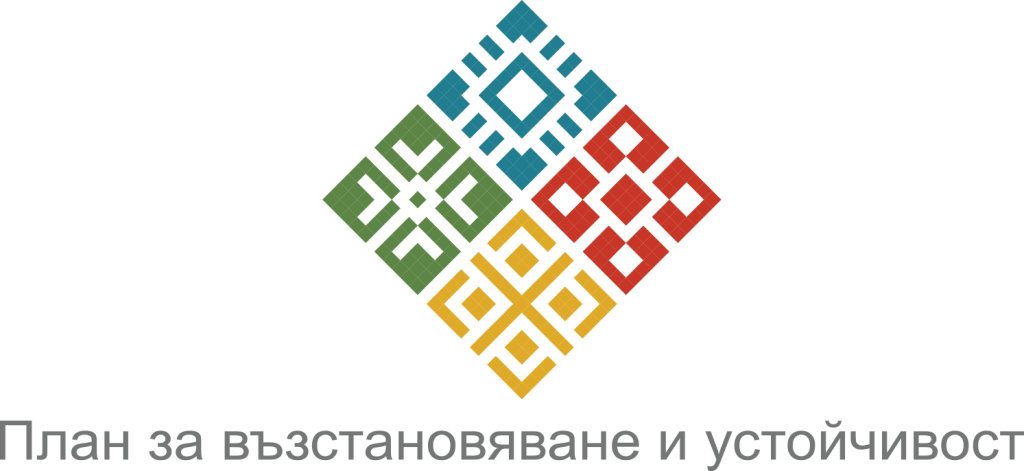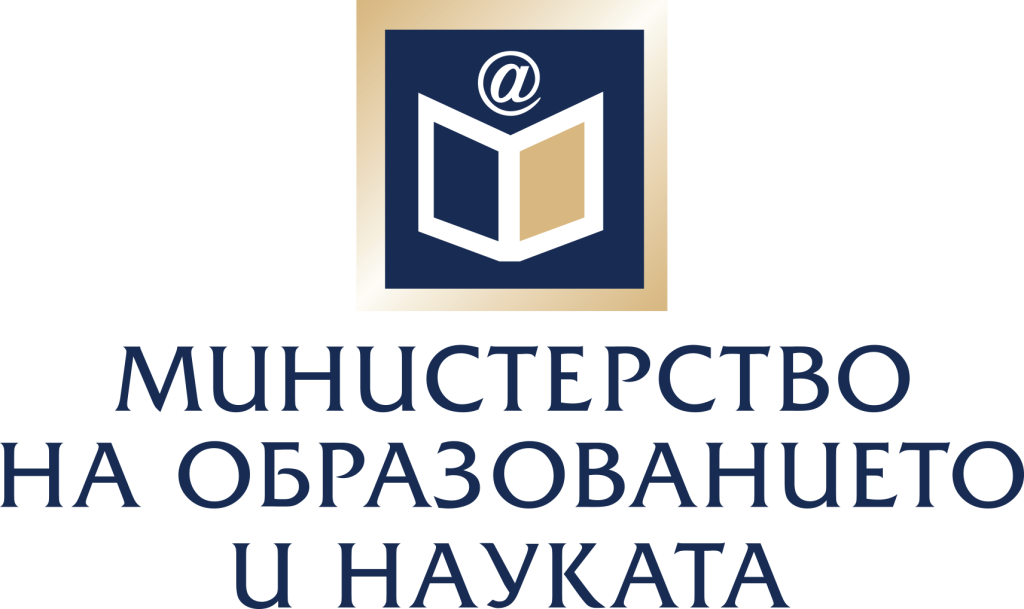About the group
Leading researcher: Dr. Anton Georgiev, Associate Professor
Theme: Molecular switches and machines; Molecular sensors and systems for logical operations; Smart textiles with biomedical and environmental applications and the use of textiles as a resource for biofuels and valuable chemicals.
The scientific group includes several main areas of research, with specific research intentions for a period of 4 years /2023-2026/:
- “Molecular Switches and Machines” – our efforts will be focused on creating new switching systems using processes of photoinduced E/Z isomerization, photo-, thermo- and solvatochromic proton transfer, pH induced intramolecular rotation. Design and synthesis of novel molecular switches with improved characteristics and switchable with multiple external stimuli. The design of artificial molecular switches enable to perform visible light activation in both directions, high fatigue resistance, large band separation between the switched state could be found application in optical signal modulation, optical storage devices, versatile catalysis in organic synthesis, chirality transfer, photomechanics, photopharmacology and many others.
- “Molecular sensors and smart molecules for logical operations” – design and synthesis of fluorescent organic products with potential for application as sensors for optical and biomedical applications. Molecules will be designed with the capacity to perform logical operations under the action of various external stimuli.
- Intelligent textile materials with biomedical and ecological application and use of textiles as a resource for biofuels and valuable chemicals – the planned research is related to modern challenges in the field of textile materials. They are aimed at developing and implementing innovative solutions for obtaining new functionalities, as well as turning waste during production and consumption into raw material for other productions.
We plan to involve at least 4 PhD and 5 Master or Young or PostDoc researchers in order to transfer the knowledge and and extend the capacity of groups.
Basic activities related to the created direction are:
– Design, synthesis and purification of substances. Spectral characterization.
– Investigation of their photophysical and photochemical properties by absorption and emission spectroscopy.
– Creating a prototype of molecular devices by designing 1D and 2D structures in nanoporous materials.
– Biomedical research – cytotoxicity, antibacterial, antitumor activity, photodynamic therapy.
Publications:
- Kosuke Nakashima, Dancho Yordanov, Yasuyuki Matsushima, Shin-ichi Hirashima, Tsuyoshi Miura, Anton Georgiev, “Rearrangement of C2-Spirooxindoles: Conversion to the 2-Hydroxyhemi-Indigo and Chromenoindole”, The Journal of Organic Chemistry (American Chemical Society) 2024 89 (17), 12401-12409, https://doi.org/10.1021/acs.joc.4c01362 Q1 (Web of Science)
- Dancho Yordanov, Rastislav Smolka, Kosuke Nakashima, Shin-ichi Hirashima, Yasuyuki Matsushima, Martin Vala, Jozef Krajčovič, Martin Weiter, Tsuyoshi Miura, and Anton Georgiev, “Fluorescent Rotary Switches: 4- vs 3-Substituted Phthalimide Boron Difluoride Schiff Base Complexes”, The Journal of Organic Chemistry (American Chemical Society) 2023, 88, 24, 17206–17214, https://doi.org/10.1021/acs.joc.3c02056 Q1 (Web of Science)
- Dancho Yordanov, Rastislav Smolka, Martin Vala, Martin Weiter, Anton Georgiev, “Versatile photoluminescence behavior of polycyclic hydroxybenzimidazoles driven by intermolecular hydrogen bonding”, Optical Materials (Elsevier) 2024, https://doi.org/10.1016/j.optmat.2024.116274 Q1 (Web of Science)
- Tatiana Munteanu, Dancho Yordanov, Gabriel Canard, Olivier Siri, Denis Jacquemin, Anton Georgiev and Simon Pascal, “Feasibility of multiple excited-state proton transfer processes in hydroxyquinoline-containing benzobisimidazole dyes”, New Journal of Chemistry (Royal Society of Chemistry), 2024, 48, 13289-13295, https://doi.org/10.1039/D4NJ01787K Q2 (Web of Science)
- Dominik Veselý, Dancho Yordanov, Martin Vala, Martin Weiter, Jozef Krajčovič, Anton Georgiev, “Acid-base fluorescence switching and aggregation induced emission (AIE) of phenylene-thienyl chalcones”, Journal of Molecular Liquids (Elsevier) 397 (2024) 124119, https://doi.org/10.1016/j.molliq.2024.124119 Q1 (Web of Science)
- Rastislav Smolka, Dancho Yordanov, Kosuke Nakashima, Martin Vala, Jozef Krajčovič, Martin Weiter, Anton Georgiev, „Control over rotary motion and multicolour switching in 3-hydroxyphthalimide fluorophores: An interplay between AIE and ESIPT”, Dyes and Pigments (Elsevier) 215 (2023) 111279, https://doi.org/10.1016/j.dyepig.2023.111279 Q1 (Web of Science)
- Awad I. Said, Nikolai I. Georgiev, Vladimir B. Bojinov, “Simple excited state intramolecular proton transfer (ESIPT) based probe for pH and selective detection of copper(II) ion in aqueous alkaline environment: Sensitivity, selectivity and logic behavior”, Journal of Photochemistry and Photobiology A: Chemistry (Elsevier) 446, (2024), 115176, https://doi.org/10.1016/j.jphotochem.2023.115176 Q2 (Web of Science)
- Georgiev, N.I.; Bakov, V.V.; Anichina, K.K.; Bojinov, V.B. „Fluorescent Probes as a Tool in Diagnostic and Drug Delivery Systems“, Pharmaceuticals (MDPI) 2023, 16, 381. https://doi.org/10.3390/ph16030381 Q2 (Web of Science)
- Bryaskova, R.; Georgiev, N.; Philipova, N.; Bakov, V.; Anichina, K.; Argirova, M.; Apostolova, S.; Georgieva, I.; Tzoneva, R., “Novel Fluorescent Benzimidazole-Hydrazone-Loaded Micellar Carriers for Controlled Release: Impact on Cell Toxicity, Nuclear and Microtubule Alterations in Breast Cancer Cells”, Pharmaceutics (MDPI) 2023, 15, 1753. https://doi.org/10.3390/pharmaceutics15061753 Q1 (Web of Science)
- Georgiev, N.I.; Bakov, V.V.; Bojinov, V.B. “A Tutorial Review on the Fluorescent Probes as a Molecular Logic Circuit—Digital Comparator”, Molecules (MDPI) 2023, 28, 6327. https://doi.org/10.3390/molecules28176327 Q2 (Web of Science)
- Bakov, V.V., Georgiev, N.I. & Bojinov, V.B., “Unusually Sensitive Solid State Emissive 1,8-naphthalimide for Detection of Acid Vapors in Turn-off Mode and Base Vapors in Turn-on Mode”, Journal of Fluorescence (Springer Nature) (2024). https://doi.org/10.1007/s10895-024-03755-0 Q2 (Web of Science)
- Atanassova, M.; Kurteva, V., “Mutual Solubilities between Ethylene Glycol and Organic Diluents: Gas Chromatography and NMR”, Molecules (MDPI) 2023, 28, 5121. https://doi.org/10.3390/molecules28135121 Q2 (Web of Science)
- Atanassova, M.; Kukeva, R., “Improvement of Gd(III) Solvent Extraction by 4-Benzoyl-3-methyl-1-phenyl-2-pyrazolin-5-one: Non-Aqueous Systems”, Separations (MDPI) 2023, 10, 286, https://doi.org/10.3390/separations10050286 Q3 (Web of Science)
- Atanassova, M.; Kukeva, R.; Kurteva, V., “New Sustainable Solvent Extraction Pathways for Rare Earth Metals via Oximes Molecules”, Molecules (MDPI) 2023, 28, 7467, https://doi.org/10.3390/molecules28227467 Q2 (Web of Science)
- Atanassova, M.; Petkova, Z.; Kurteva, V., „Aliquat 336 in Solvent Extraction Chemistry of Metallic ReO4− Anions“, Molecules (MDPI) 2024, 29, 2257. https://doi.org/10.3390/molecules29102257 Q2 (Web of Science)
- Staneva, D.; Atanasova, D.; Grabchev, I. „Fluorescent Composite Cotton Fabric Modified with Crosslinked Chitosan for Theranostic Applications“ Applied Science (MDPI) 2023, 13, 12660. https://doi.org/10.3390/app132312660 Q1 (Web of Science)
- Said, A.I.; Staneva, D.; Vasileva-Tonkova, E.; Grozdanov, P.; Nikolova, I.; Stoyanova, R.; Jordanova, A.; Grabchev, I., „Synthesis, Spectral Characteristics, Sensing Properties and Microbiological Activity of New Water-Soluble 4-Sulfo-1,8-naphthalimides“, Chemosensors (MDPI) 2024, 12, 79. https://doi.org/10.3390/chemosensors12050079 Q2 (Web of Science)
- Stratiev, D.; Shishkova, I.; Ivanov, M.; Dinkov, R.; Toteva, V.; Angelova, D.; Kolev, I.; Tavlieva, M.; Yordanov, D. “Alternative Options for Ebullated Bed Vacuum Residue Hydrocracker Naphtha Utilization”, Processes (MDPI) 2023, 11, 3410. https://doi.org/10.3390/pr11123410 Q2 (Web of Science)
- Kosuke Nakashima, Aoi Imamura, Yasuyuki Matsushima, Shin-ichi Hirashima, Dancho Yordanov, Tsuyoshi Miura, Anton Georgiev, “Intramolecular through-space conjugation of chiral C2-spirooxindole” Journal of Photochemistry and Photobiology A: Chemistry (Elsevier) 463 (2025) 116316, https://doi.org/10.1016/j.jphotochem.2025.116316 IF = 4.1, Q2 (Web of Science)
- Dancho Yordanova, Kosuke Nakashima, Rastislav Smolka, Yasuyuki Matsushima, Shin-ichi Hirashima, Martin Vala, Tsuyoshi Miura, Anton Georgiev, “Visible Light Switching of ortho-Functionalized Azo Phthalimides with Tunable Z-Isomer Stability” The Journal of Organic Chemistry (American Chemical Society) 2025 https://doi.org/10.1021/acs.joc.5c01018 IF = 3.6, Q1 (Web of Science)
- Awad I. Said, D. Staneva, D. Atanasova, A. Jordanova, I. Grabchev, „A new photoactive water-soluble polypropylene imine dendrimer modified with 1,8-naphthalimide and N-glucosamine for light-driven self-sterilizing cotton fabrics“, Journal of Photochemistry and Photobiology A Chemistry (Elsevier), 464 (2025) 116306, https://doi.org/10.1016/j.jphotochem.2025.116316 IF = 4.1, Q2 (Web of Science)
- Bryaskova, R.; Philipova, N.; Bakov, V.; Georgiev, N., “Innovative Antibacterial Polymer Coatings” Applied Science (MDPI)2025, 15, 1780. https://doi.org/10.3390/app15041780 , IF = 2.5, Q1 (Web of Science)
- Atanassova, M.; Todorova, N.; Simova, S., “Synergistic Solvent Extraction of Lanthanoids with Traditional Ligands (4-Acylpyrazolone and Bidentate Nitrogen Bases) in a Nontraditional Diluent Confirmed by Slope Analysis and NMR”, Molecules (MDPI) 2025, 30, 786. https://doi.org/10.3390/molecules30040786 IF = 4.2, Q2 (Web of Science)
- Atanassova, M.; Kukeva, R.; Kurteva, V.; „Chemical and mechanistic modelling of green solvent extraction of metallic species with 4-acylpyrazolones“, Journal of Molecular Liquids (Elsevier) 415 (2024) 126332 https://doi.org/10.1016/j.molliq.2024.126332 Q1 (Web of Science)
- Angelova, D.; Staneva, D.; Atanasova, D.; Toteva, V., “Application of Textile Composite Materials as a Sorbent for Cleaning Up Oil Spills”, Materials (MDPI) 2025, 18, 1146. https://doi.org/10.3390/ma18051146 IF = 3.1, Q2 (Web of Science)
- Staneva, D., Said, A.I., Grozdanov, P., Nikolova, I., Stoyanova, R., Jordanova, A., Grabchev, I. „Light-driven self-sterilizing cotton fabric and drug delivery: improvement of the antimicrobial activity of 4-sulfo-1,8-naphthalimide via its dendrimer and metallic dendrimer formation“, Photochemistry and Photobiology Science (Springer Nature) 24, 593–606 (2025), https://doi.org/10.1007/s43630-025-00710-1 , IF = 2.5, Q2 (Web of Science)
- Staneva, D.; Bosch, P.; Grozdanov, P.; Nikolova, I.; Grabchev,I., “Fluorescent Hyperbranched Polymers and Cotton Fabrics Treated with Them as Innovative Agents for Antimicrobial Photodynamic Therapy and Self-Disinfecting Textiles”, Macromol (MDPI) 2025, 5, 26. https://doi.org/10.3390/macromol5020026 , IF = 4.4, Q2 (Web of Science)
- Ventsislav V. Bakov, Nikolai I. Georgiev, Nikol G. Donkova,Vladimir B. Bojinov, “Ratiometric 1,8-naphthalimide/1,2,4-triazole conjugates as higly sensitive and self-regenerating solid-state “naked eye” probes or a monia and low molecular weight volatile amines”, Journal of Photochemistry & Photobiology, A:Chemistry (Elsevier) 469 (2025) 116590, https://doi.org/10.1016/j.jphotochem.2025.116590 Q2 (Web of Science)
- Shishkova, I.; Stratiev, D.; Kirov, P.; Dinkov, R.; Sotirov, S.; Sotirova, E.; Bureva, V.; Atanassov, K.; Toteva, V.; Vasilev, S.; et al., “Root Cause Analysis for Observed Increased Sedimentation in a Commercial Residue Hydrocracker”, Processes (MDPI) 2025, 13, 674 https://doi.org/10.3390/pr13030674 Q2 (Web of Science)
- Stratiev, D.; Shishkova, I.; Georgiev, G.; Dinkov, R.; Nedelchev, A.; Nikolova, R.; Veli, A.; Bureva, V.; Atanassov, K.; Berg, F.v.d.; et al. „The Incompatibility Pitfall in Refining Opportunity Crude Oils“, Processes (MDPI) 2025, 13, 593. https://doi.org/10.3390/pr13020593 Q2 (Web of Science)
- Stratiev, D.; Nikolova, R.; Veli, A.; Shishkova, I.; Toteva, V.; Georgiev, G., “Mitigation of Asphaltene Deposit Formation via Chemical Additives: A Review”, Processes (MDPI) 2025, 13, 141. https://doi.org/10.3390/pr13010141 Q2 (Web of Science)
- Angelova, D.; Toteva, V.; Georgiev, G. „Application of Bio-Based Activated Carbon from Cocoa Husk Waste for High-Efficiency Adsorption in Water Treatment“. Separations (MDPI) 278, 12, 2025 https://doi.org/10.3390/separations12100278 Q2 (Web of Science)
- Nikolai Georgiev and Ventsislav Bakov, Aggregation-induced Emission in 1,8-Naphthalimide Derivatives, in Aggregation-induced Emission Luminogens for Sensing Applications, ed. S. K. Sahoo, Book chapter, Royal Society of Chemistry, 2025, vol. 31, ch. 15, pp. 371–396, DOI: https://doi.org/10.1039/
9781837676453-00371 - Frederico Duarte, Cristián Cuerva, Georgi M. Dobrikov, Atanas Kurutos, Nikolay G. Vassilev, Javier Fernández-Lodeiro, José Luis Capelo-Martinez, Hugo M. Santos, Carlos Lodeiro, “Engineering multifunctional Cyclen fluorophores for metal ion sensing, self-assembly and Nanocolloid applications”, Spectrochimica Acta Part A: Molecular and Biomolecular Spectroscopy (Elsevier), 349, (2026), 127285, https://doi.org/10.1016/j.saa.2025.127285, Q1 (Web of Science)
- Staneva, D.; Atanasova, D.; Grabchev, I., “Photodynamic Microbial Defense of Cotton Fabric with 4-Amino-1,8-naphthalimide-Labeled PAMAM Dendrimer”, Materials (MDPI)18, 2025, 5570. https://doi.org/10.3390/ma18245570Q2 (Web of Science)
Leading researcher: Dr. Anton Georgiev, Associate Professor
Theme: Molecular switches and machines; Molecular sensors and systems for logical operations; Smart textiles with biomedical and environmental applications and the use of textiles as a resource for biofuels and valuable chemicals.
The scientific group includes several main areas of research, with specific research intentions for a period of 4 years /2023-2026/:
- “Molecular Switches and Machines” – our efforts will be focused on creating new switching systems using processes of photoinduced E/Z isomerization, photo-, thermo- and solvatochromic proton transfer, pH induced intramolecular rotation. Design and synthesis of novel molecular switches with improved characteristics and switchable with multiple external stimuli. The design of artificial molecular switches enable to perform visible light activation in both directions, high fatigue resistance, large band separation between the switched state could be found application in optical signal modulation, optical storage devices, versatile catalysis in organic synthesis, chirality transfer, photomechanics, photopharmacology and many others.
- “Molecular sensors and smart molecules for logical operations” – design and synthesis of fluorescent organic products with potential for application as sensors for optical and biomedical applications. Molecules will be designed with the capacity to perform logical operations under the action of various external stimuli.
- Intelligent textile materials with biomedical and ecological application and use of textiles as a resource for biofuels and valuable chemicals – the planned research is related to modern challenges in the field of textile materials. They are aimed at developing and implementing innovative solutions for obtaining new functionalities, as well as turning waste during production and consumption into raw material for other productions.
We plan to involve at least 4 PhD and 5 Master or Young or PostDoc researchers in order to transfer the knowledge and and extend the capacity of groups.
Basic activities related to the created direction are:
– Design, synthesis and purification of substances. Spectral characterization.
– Investigation of their photophysical and photochemical properties by absorption and emission spectroscopy.
– Creating a prototype of molecular devices by designing 1D and 2D structures in nanoporous materials.
– Biomedical research – cytotoxicity, antibacterial, antitumor activity, photodynamic therapy.
Publications:
- Kosuke Nakashima, Dancho Yordanov, Yasuyuki Matsushima, Shin-ichi Hirashima, Tsuyoshi Miura, Anton Georgiev, “Rearrangement of C2-Spirooxindoles: Conversion to the 2-Hydroxyhemi-Indigo and Chromenoindole”, The Journal of Organic Chemistry (American Chemical Society) 2024 89 (17), 12401-12409, https://doi.org/10.1021/acs.joc.4c01362 Q1 (Web of Science)
- Dancho Yordanov, Rastislav Smolka, Kosuke Nakashima, Shin-ichi Hirashima, Yasuyuki Matsushima, Martin Vala, Jozef Krajčovič, Martin Weiter, Tsuyoshi Miura, and Anton Georgiev, “Fluorescent Rotary Switches: 4- vs 3-Substituted Phthalimide Boron Difluoride Schiff Base Complexes”, The Journal of Organic Chemistry (American Chemical Society) 2023, 88, 24, 17206–17214, https://doi.org/10.1021/acs.joc.3c02056 Q1 (Web of Science)
- Dancho Yordanov, Rastislav Smolka, Martin Vala, Martin Weiter, Anton Georgiev, “Versatile photoluminescence behavior of polycyclic hydroxybenzimidazoles driven by intermolecular hydrogen bonding”, Optical Materials (Elsevier) 2024, https://doi.org/10.1016/j.optmat.2024.116274 Q1 (Web of Science)
- Tatiana Munteanu, Dancho Yordanov, Gabriel Canard, Olivier Siri, Denis Jacquemin, Anton Georgiev and Simon Pascal, “Feasibility of multiple excited-state proton transfer processes in hydroxyquinoline-containing benzobisimidazole dyes”, New Journal of Chemistry (Royal Society of Chemistry), 2024, 48, 13289-13295, https://doi.org/10.1039/D4NJ01787K Q2 (Web of Science)
- Dominik Veselý, Dancho Yordanov, Martin Vala, Martin Weiter, Jozef Krajčovič, Anton Georgiev, “Acid-base fluorescence switching and aggregation induced emission (AIE) of phenylene-thienyl chalcones”, Journal of Molecular Liquids (Elsevier) 397 (2024) 124119, https://doi.org/10.1016/j.molliq.2024.124119 Q1 (Web of Science)
- Rastislav Smolka, Dancho Yordanov, Kosuke Nakashima, Martin Vala, Jozef Krajčovič, Martin Weiter, Anton Georgiev, „Control over rotary motion and multicolour switching in 3-hydroxyphthalimide fluorophores: An interplay between AIE and ESIPT”, Dyes and Pigments (Elsevier) 215 (2023) 111279, https://doi.org/10.1016/j.dyepig.2023.111279 Q1 (Web of Science)
- Awad I. Said, Nikolai I. Georgiev, Vladimir B. Bojinov, “Simple excited state intramolecular proton transfer (ESIPT) based probe for pH and selective detection of copper(II) ion in aqueous alkaline environment: Sensitivity, selectivity and logic behavior”, Journal of Photochemistry and Photobiology A: Chemistry (Elsevier) 446, (2024), 115176, https://doi.org/10.1016/j.jphotochem.2023.115176 Q2 (Web of Science)
- Georgiev, N.I.; Bakov, V.V.; Anichina, K.K.; Bojinov, V.B. „Fluorescent Probes as a Tool in Diagnostic and Drug Delivery Systems“, Pharmaceuticals (MDPI) 2023, 16, 381. https://doi.org/10.3390/ph16030381 Q2 (Web of Science)
- Bryaskova, R.; Georgiev, N.; Philipova, N.; Bakov, V.; Anichina, K.; Argirova, M.; Apostolova, S.; Georgieva, I.; Tzoneva, R., “Novel Fluorescent Benzimidazole-Hydrazone-Loaded Micellar Carriers for Controlled Release: Impact on Cell Toxicity, Nuclear and Microtubule Alterations in Breast Cancer Cells”, Pharmaceutics (MDPI) 2023, 15, 1753. https://doi.org/10.3390/pharmaceutics15061753 Q1 (Web of Science)
- Georgiev, N.I.; Bakov, V.V.; Bojinov, V.B. “A Tutorial Review on the Fluorescent Probes as a Molecular Logic Circuit—Digital Comparator”, Molecules (MDPI) 2023, 28, 6327. https://doi.org/10.3390/molecules28176327 Q2 (Web of Science)
- Bakov, V.V., Georgiev, N.I. & Bojinov, V.B., “Unusually Sensitive Solid State Emissive 1,8-naphthalimide for Detection of Acid Vapors in Turn-off Mode and Base Vapors in Turn-on Mode”, Journal of Fluorescence (Springer Nature) (2024). https://doi.org/10.1007/s10895-024-03755-0 Q2 (Web of Science)
- Atanassova, M.; Kurteva, V., “Mutual Solubilities between Ethylene Glycol and Organic Diluents: Gas Chromatography and NMR”, Molecules (MDPI) 2023, 28, 5121. https://doi.org/10.3390/molecules28135121 Q2 (Web of Science)
- Atanassova, M.; Kukeva, R., “Improvement of Gd(III) Solvent Extraction by 4-Benzoyl-3-methyl-1-phenyl-2-pyrazolin-5-one: Non-Aqueous Systems”, Separations (MDPI) 2023, 10, 286, https://doi.org/10.3390/separations10050286 Q3 (Web of Science)
- Atanassova, M.; Kukeva, R.; Kurteva, V., “New Sustainable Solvent Extraction Pathways for Rare Earth Metals via Oximes Molecules”, Molecules (MDPI) 2023, 28, 7467, https://doi.org/10.3390/molecules28227467 Q2 (Web of Science)
- Atanassova, M.; Petkova, Z.; Kurteva, V., „Aliquat 336 in Solvent Extraction Chemistry of Metallic ReO4− Anions“, Molecules (MDPI) 2024, 29, 2257. https://doi.org/10.3390/molecules29102257 Q2 (Web of Science)
- Staneva, D.; Atanasova, D.; Grabchev, I. „Fluorescent Composite Cotton Fabric Modified with Crosslinked Chitosan for Theranostic Applications“ Applied Science (MDPI) 2023, 13, 12660. https://doi.org/10.3390/app132312660 Q1 (Web of Science)
- Said, A.I.; Staneva, D.; Vasileva-Tonkova, E.; Grozdanov, P.; Nikolova, I.; Stoyanova, R.; Jordanova, A.; Grabchev, I., „Synthesis, Spectral Characteristics, Sensing Properties and Microbiological Activity of New Water-Soluble 4-Sulfo-1,8-naphthalimides“, Chemosensors (MDPI) 2024, 12, 79. https://doi.org/10.3390/chemosensors12050079 Q2 (Web of Science)
- Stratiev, D.; Shishkova, I.; Ivanov, M.; Dinkov, R.; Toteva, V.; Angelova, D.; Kolev, I.; Tavlieva, M.; Yordanov, D. “Alternative Options for Ebullated Bed Vacuum Residue Hydrocracker Naphtha Utilization”, Processes (MDPI) 2023, 11, 3410. https://doi.org/10.3390/pr11123410 Q2 (Web of Science)
- Kosuke Nakashima, Aoi Imamura, Yasuyuki Matsushima, Shin-ichi Hirashima, Dancho Yordanov, Tsuyoshi Miura, Anton Georgiev, “Intramolecular through-space conjugation of chiral C2-spirooxindole” Journal of Photochemistry and Photobiology A: Chemistry (Elsevier) 463 (2025) 116316, https://doi.org/10.1016/j.jphotochem.2025.116316 IF = 4.1, Q2 (Web of Science)
- Dancho Yordanova, Kosuke Nakashima, Rastislav Smolka, Yasuyuki Matsushima, Shin-ichi Hirashima, Martin Vala, Tsuyoshi Miura, Anton Georgiev, “Visible Light Switching of ortho-Functionalized Azo Phthalimides with Tunable Z-Isomer Stability” The Journal of Organic Chemistry (American Chemical Society) 2025 https://doi.org/10.1021/acs.joc.5c01018 IF = 3.6, Q1 (Web of Science)
- Awad I. Said, D. Staneva, D. Atanasova, A. Jordanova, I. Grabchev, „A new photoactive water-soluble polypropylene imine dendrimer modified with 1,8-naphthalimide and N-glucosamine for light-driven self-sterilizing cotton fabrics“, Journal of Photochemistry and Photobiology A Chemistry (Elsevier), 464 (2025) 116306, https://doi.org/10.1016/j.jphotochem.2025.116316 IF = 4.1, Q2 (Web of Science)
- Bryaskova, R.; Philipova, N.; Bakov, V.; Georgiev, N., “Innovative Antibacterial Polymer Coatings” Applied Science (MDPI)2025, 15, 1780. https://doi.org/10.3390/app15041780 , IF = 2.5, Q1 (Web of Science)
- Atanassova, M.; Todorova, N.; Simova, S., “Synergistic Solvent Extraction of Lanthanoids with Traditional Ligands (4-Acylpyrazolone and Bidentate Nitrogen Bases) in a Nontraditional Diluent Confirmed by Slope Analysis and NMR”, Molecules (MDPI) 2025, 30, 786. https://doi.org/10.3390/molecules30040786 IF = 4.2, Q2 (Web of Science)
Atanassova, M.; Kukeva, R.; Kurteva, V.; „Chemical and mechanistic modelling of green solvent extraction of metallic species with 4-acylpyrazolones“, Journal of Molecular Liquids (Elsevier) 415 (2024) 126332 https://doi.org/10.1016/j.molliq.2024.126332 Q1 (Web of Science)
- Angelova, D.; Staneva, D.; Atanasova, D.; Toteva, V., “Application of Textile Composite Materials as a Sorbent for Cleaning Up Oil Spills”, Materials (MDPI) 2025, 18, 1146. https://doi.org/10.3390/ma18051146 IF = 3.1, Q2 (Web of Science)
- Staneva, D., Said, A.I., Grozdanov, P., Nikolova, I., Stoyanova, R., Jordanova, A., Grabchev, I. „Light-driven self-sterilizing cotton fabric and drug delivery: improvement of the antimicrobial activity of 4-sulfo-1,8-naphthalimide via its dendrimer and metallic dendrimer formation“, Photochemistry and Photobiology Science (Springer Nature) 24, 593–606 (2025), https://doi.org/10.1007/s43630-025-00710-1 , IF = 2.5, Q2 (Web of Science)
- Staneva, D.; Bosch, P.; Grozdanov, P.; Nikolova, I.; Grabchev,I., “Fluorescent Hyperbranched Polymers and Cotton Fabrics Treated with Them as Innovative Agents for Antimicrobial Photodynamic Therapy and Self-Disinfecting Textiles”, Macromol (MDPI) 2025, 5, 26. https://doi.org/10.3390/macromol5020026 , IF = 4.4, Q2 (Web of Science)
- Ventsislav V. Bakov, Nikolai I. Georgiev, Nikol G. Donkova,Vladimir B. Bojinov, “Ratiometric 1,8-naphthalimide/1,2,4-triazole conjugates as higly sensitive and self-regenerating solid-state “naked eye” probes or a monia and low molecular weight volatile amines”, Journal of Photochemistry & Photobiology, A:Chemistry (Elsevier) 469 (2025) 116590, https://doi.org/10.1016/j.jphotochem.2025.116590 Q2 (Web of Science)
- Shishkova, I.; Stratiev, D.; Kirov, P.; Dinkov, R.; Sotirov, S.; Sotirova, E.; Bureva, V.; Atanassov, K.; Toteva, V.; Vasilev, S.; et al., “Root Cause Analysis for Observed Increased Sedimentation in a Commercial Residue Hydrocracker”, Processes (MDPI) 2025, 13, 674 https://doi.org/10.3390/pr13030674 Q2 (Web of Science)
- Stratiev, D.; Shishkova, I.; Georgiev, G.; Dinkov, R.; Nedelchev, A.; Nikolova, R.; Veli, A.; Bureva, V.; Atanassov, K.; Berg, F.v.d.; et al. „The Incompatibility Pitfall in Refining Opportunity Crude Oils“, Processes (MDPI) 2025, 13, 593. https://doi.org/10.3390/pr13020593 Q2 (Web of Science)
- Stratiev, D.; Nikolova, R.; Veli, A.; Shishkova, I.; Toteva, V.; Georgiev, G., “Mitigation of Asphaltene Deposit Formation via Chemical Additives: A Review”, Processes (MDPI) 2025, 13, 141. https://doi.org/10.3390/pr13010141 Q2 (Web of Science)
- Angelova, D.; Toteva, V.; Georgiev, G. „Application of Bio-Based Activated Carbon from Cocoa Husk Waste for High-Efficiency Adsorption in Water Treatment“. Separations (MDPI) 278, 12, 2025 https://doi.org/10.3390/separations12100278 Q2 (Web of Science)
- Nikolai Georgiev and Ventsislav Bakov, Aggregation-induced Emission in 1,8-Naphthalimide Derivatives, in Aggregation-induced Emission Luminogens for Sensing Applications, ed. S. K. Sahoo, Book chapter, Royal Society of Chemistry, 2025, vol. 31, ch. 15, pp. 371–396, DOI: https://doi.org/10.1039/
9781837676453-00371 - Frederico Duarte, Cristián Cuerva, Georgi M. Dobrikov, Atanas Kurutos, Nikolay G. Vassilev, Javier Fernández-Lodeiro, José Luis Capelo-Martinez, Hugo M. Santos, Carlos Lodeiro, “Engineering multifunctional Cyclen fluorophores for metal ion sensing, self-assembly and Nanocolloid applications”, Spectrochimica Acta Part A: Molecular and Biomolecular Spectroscopy (Elsevier), 349, (2026), 127285, https://doi.org/10.1016/j.saa.2025.127285, Q1 (Web of Science)
- Staneva, D.; Atanasova, D.; Grabchev, I., “Photodynamic Microbial Defense of Cotton Fabric with 4-Amino-1,8-naphthalimide-Labeled PAMAM Dendrimer”, Materials (MDPI)18, 2025, 5570. https://doi.org/10.3390/ma18245570Q2 (Web of Science)



